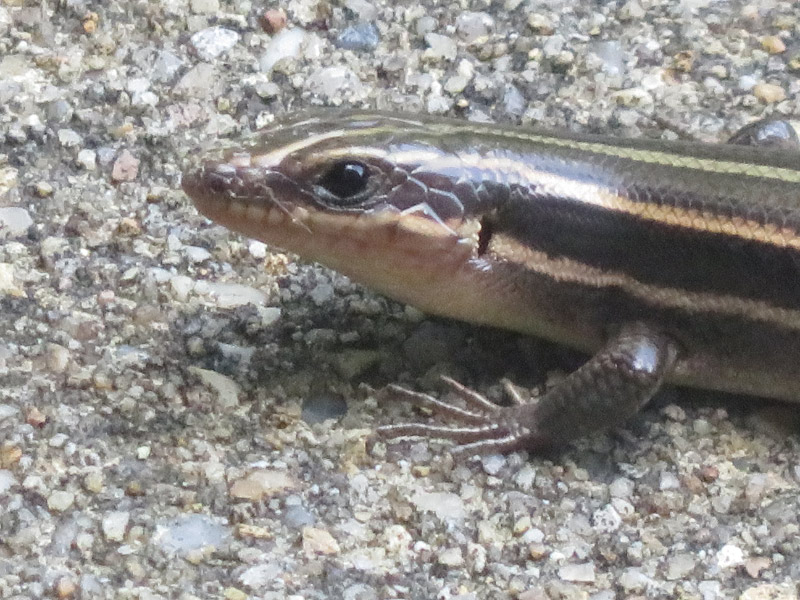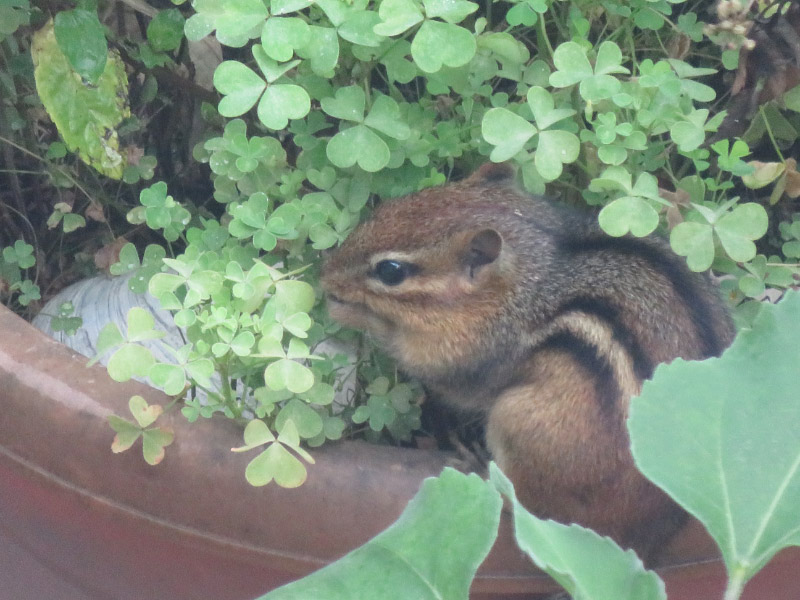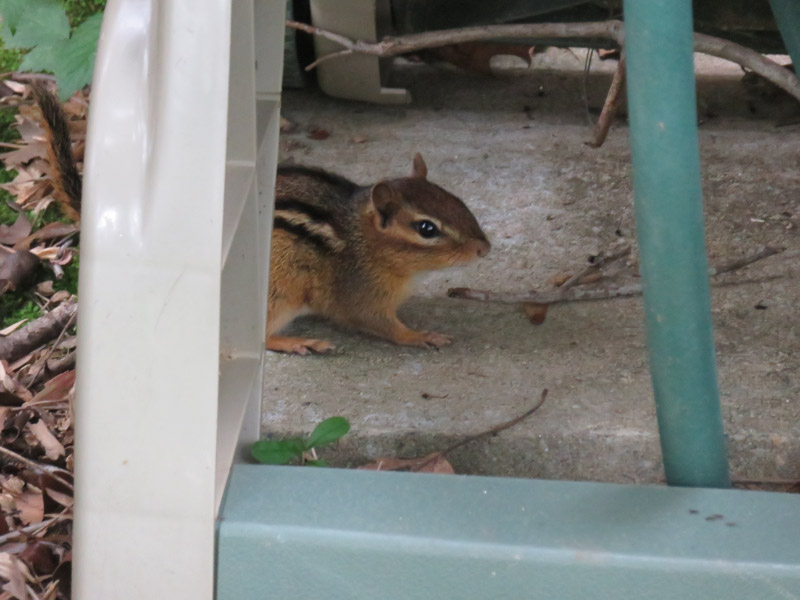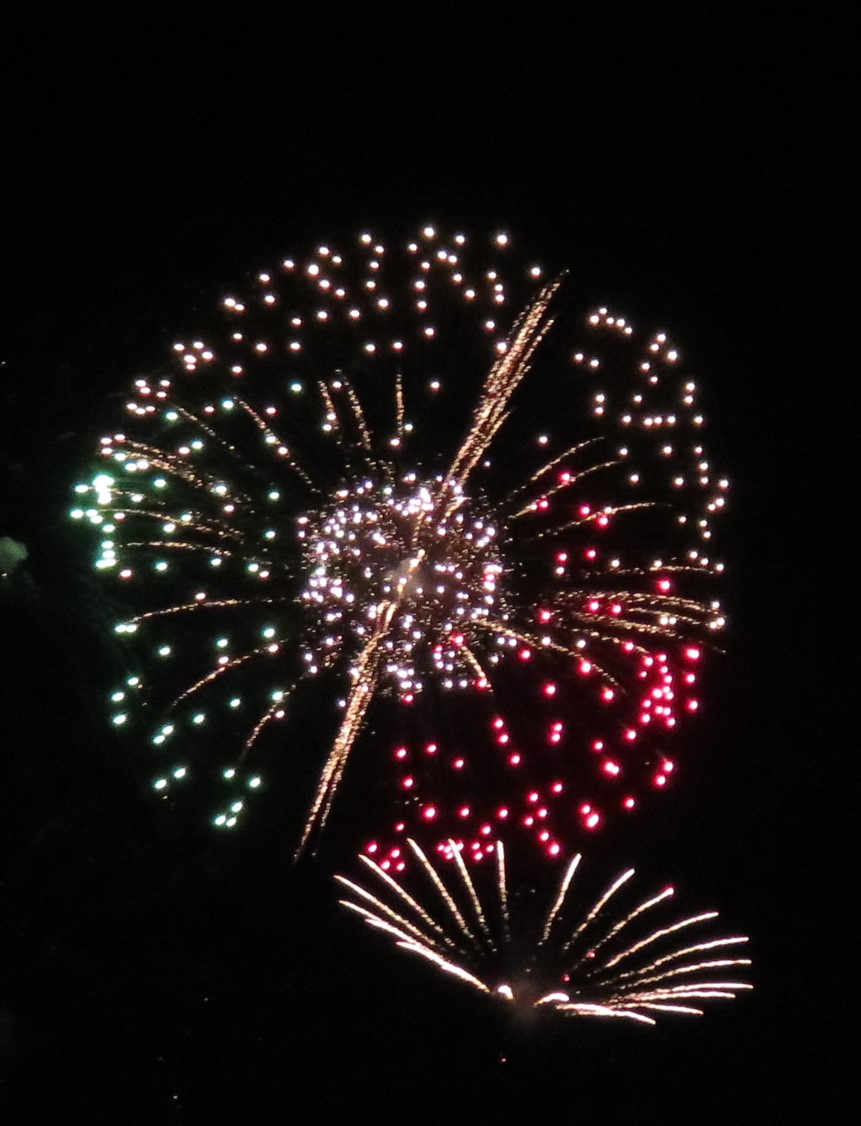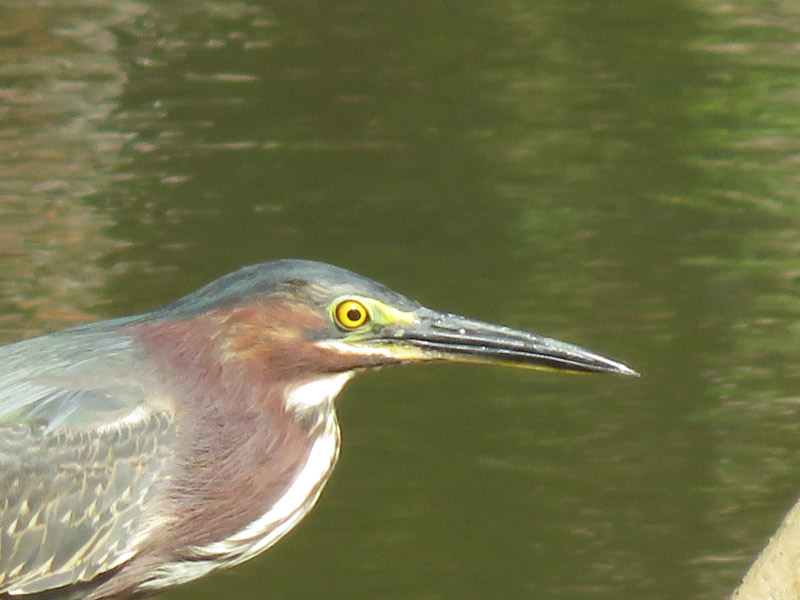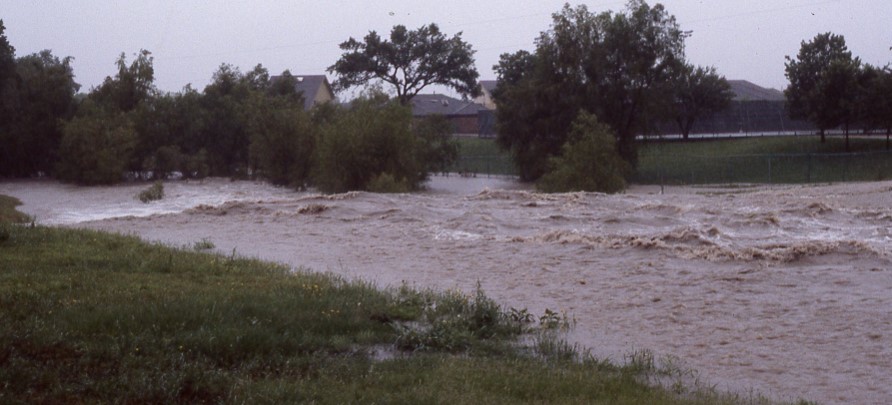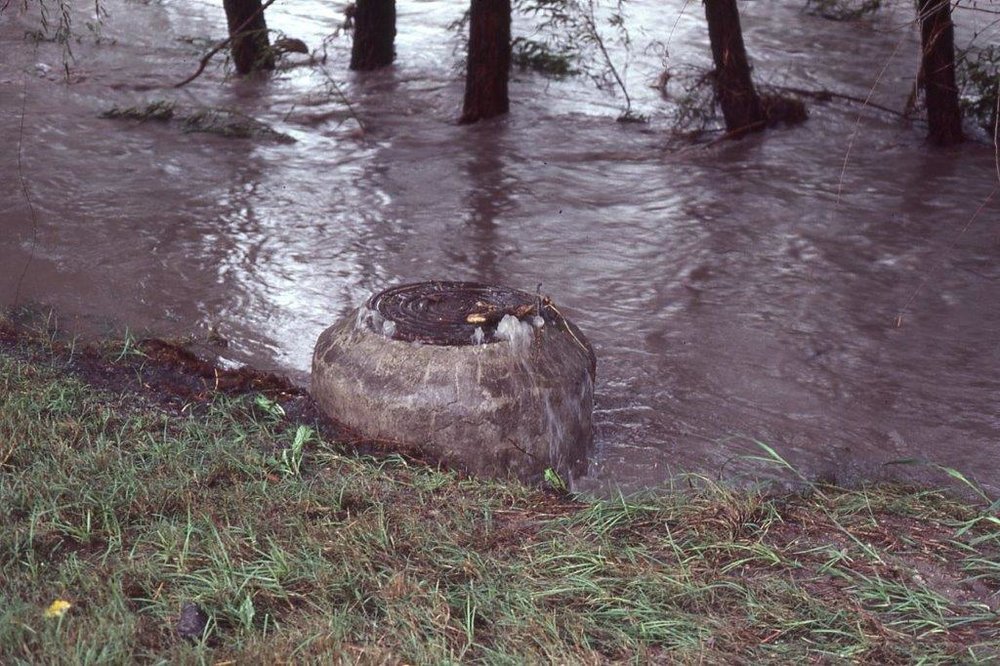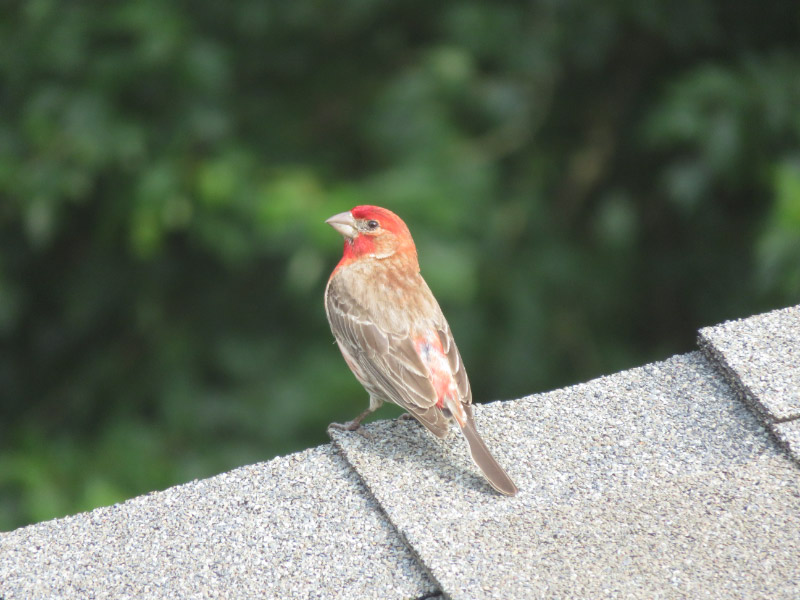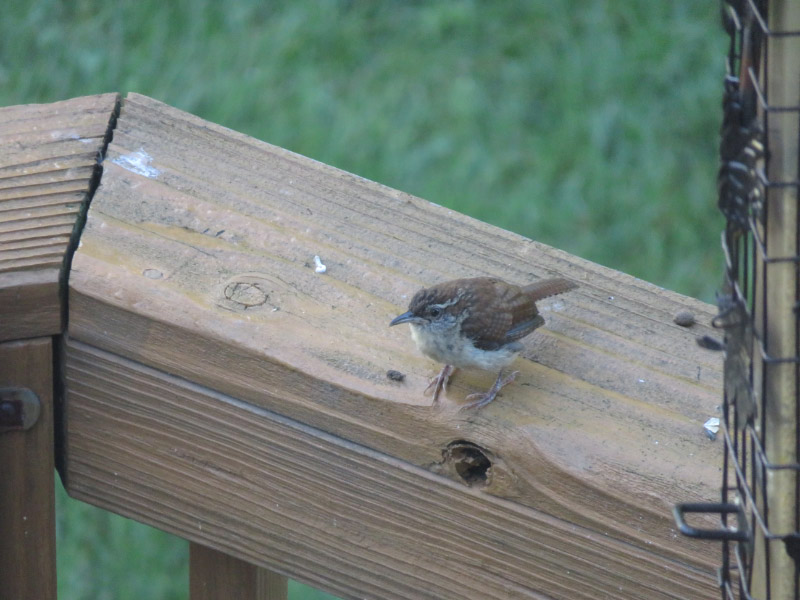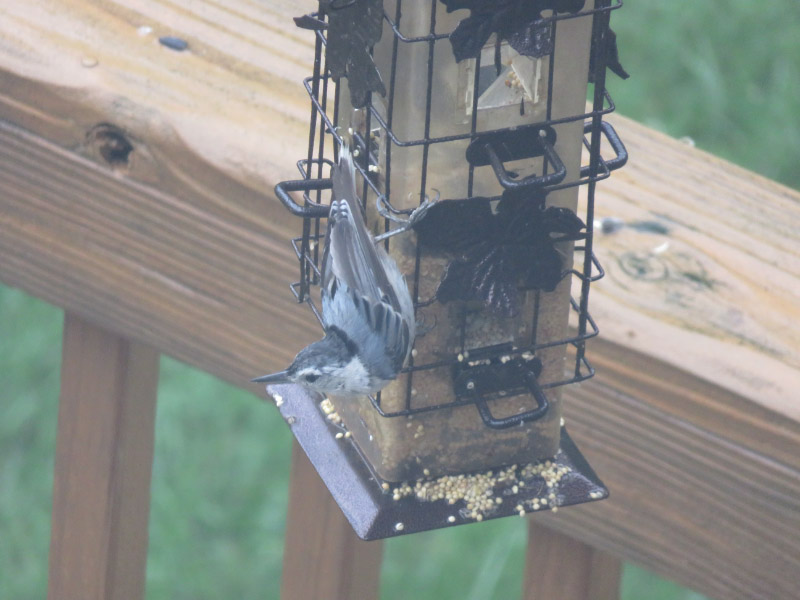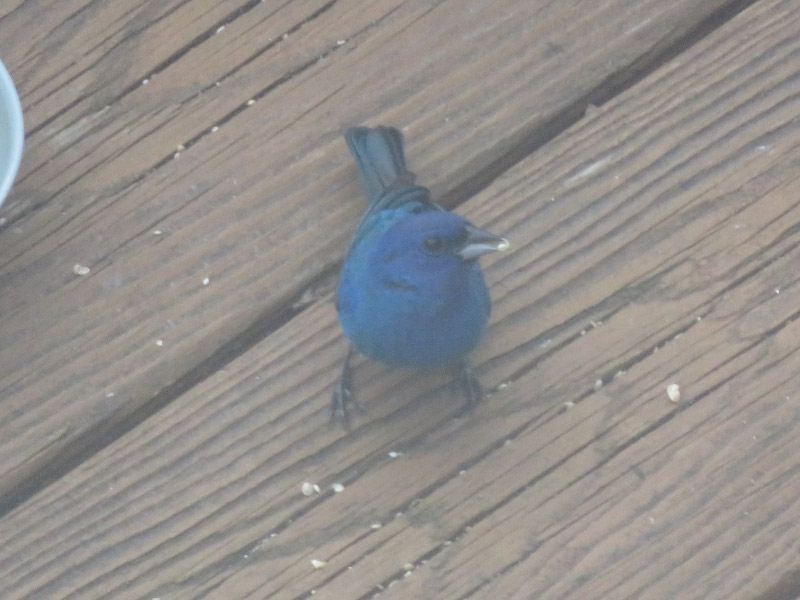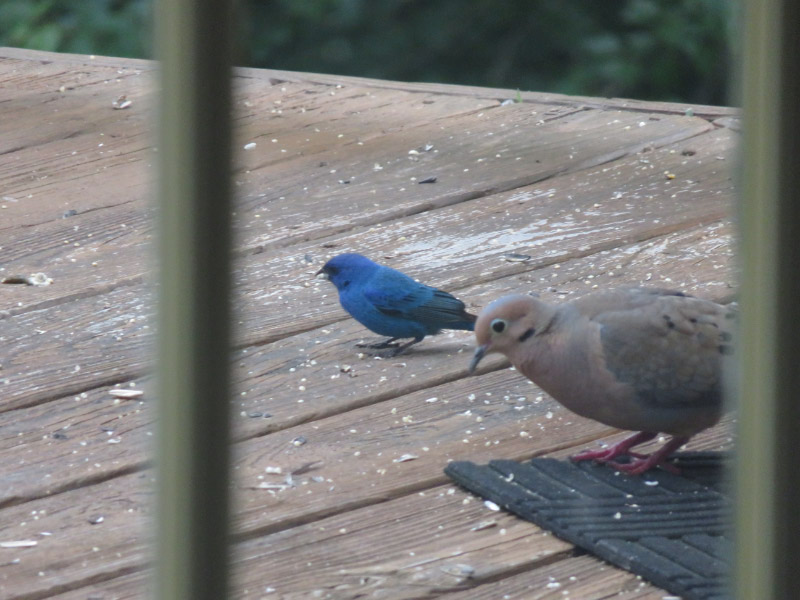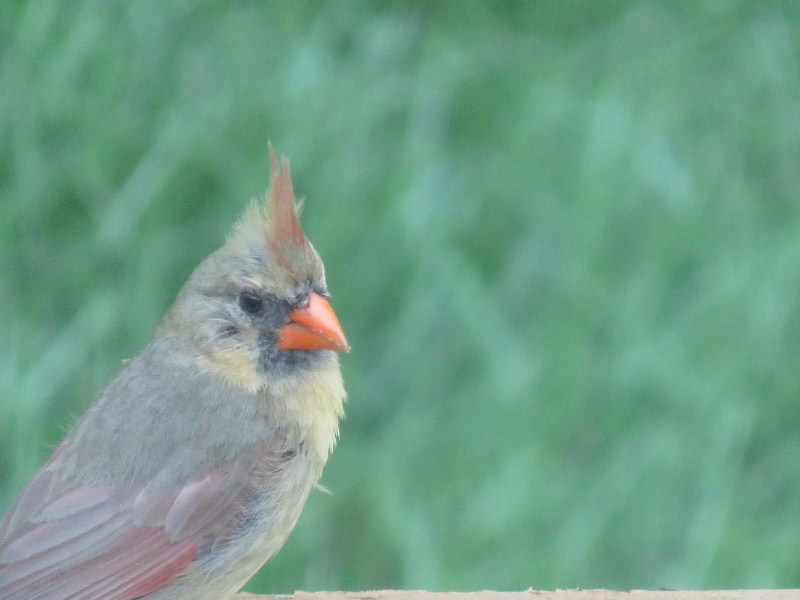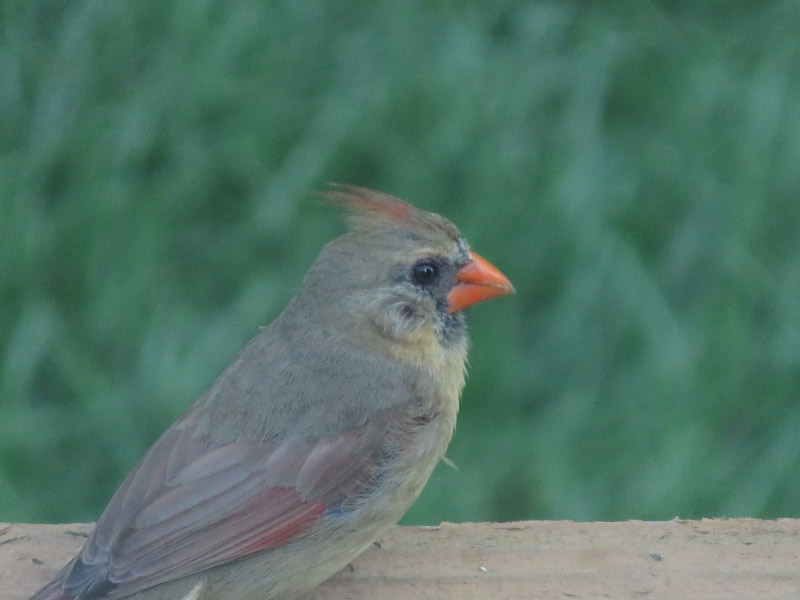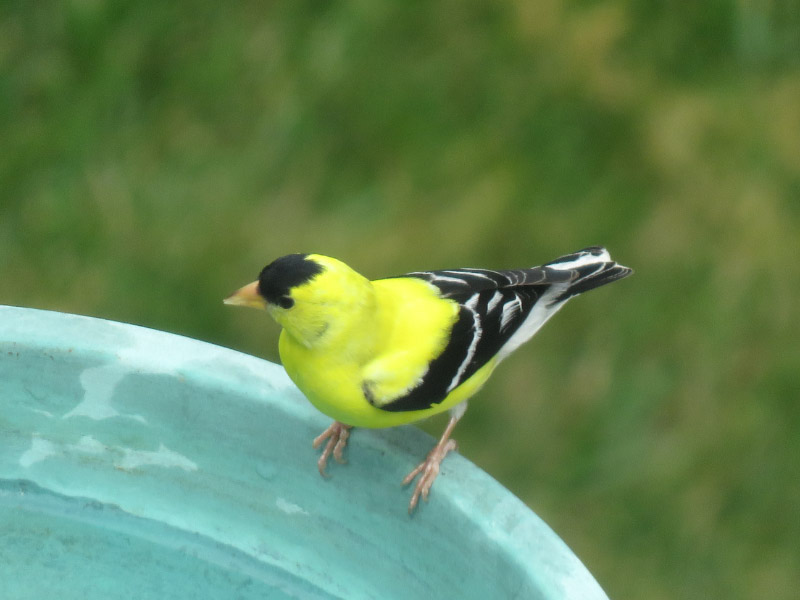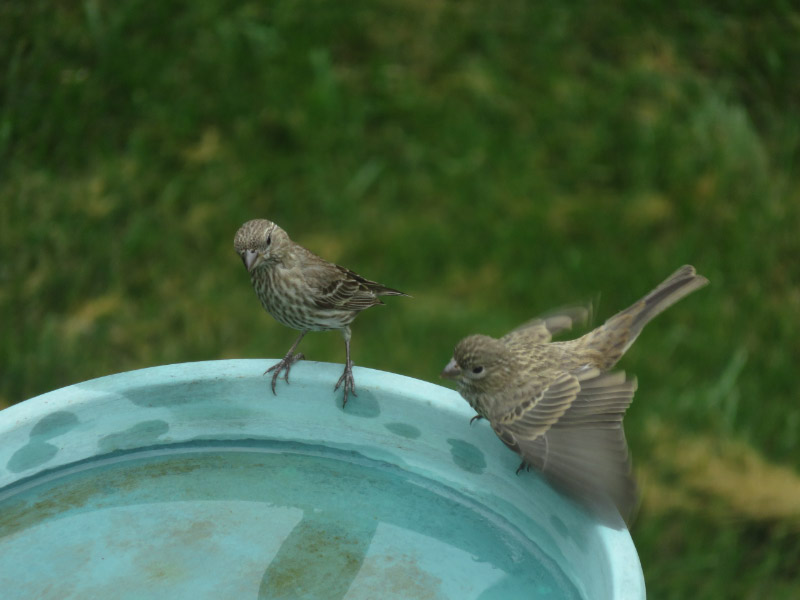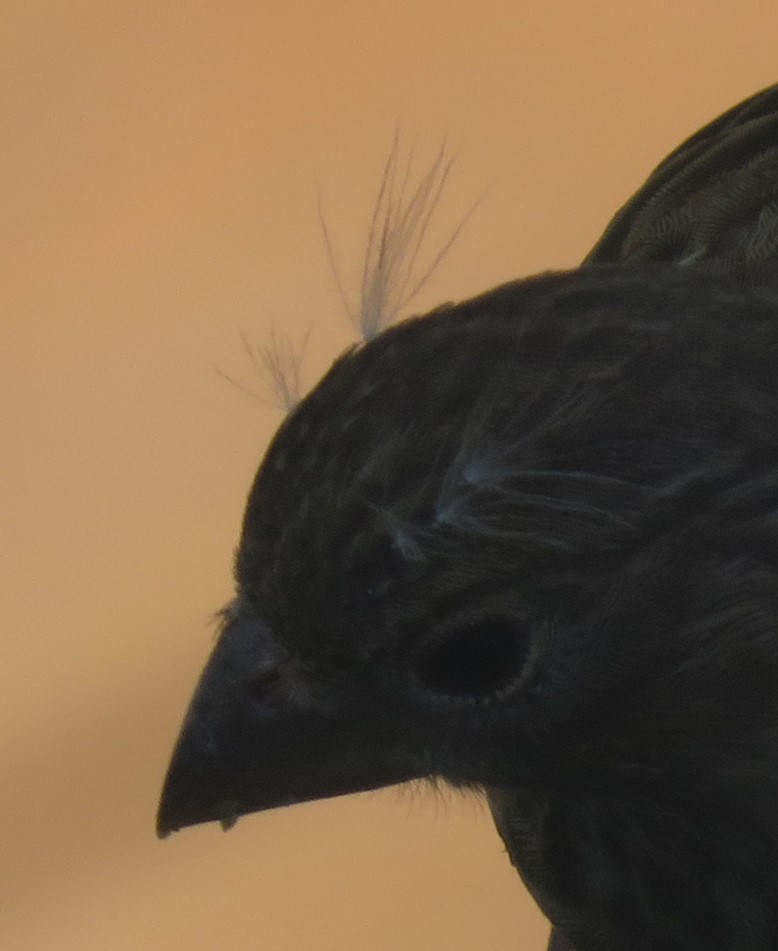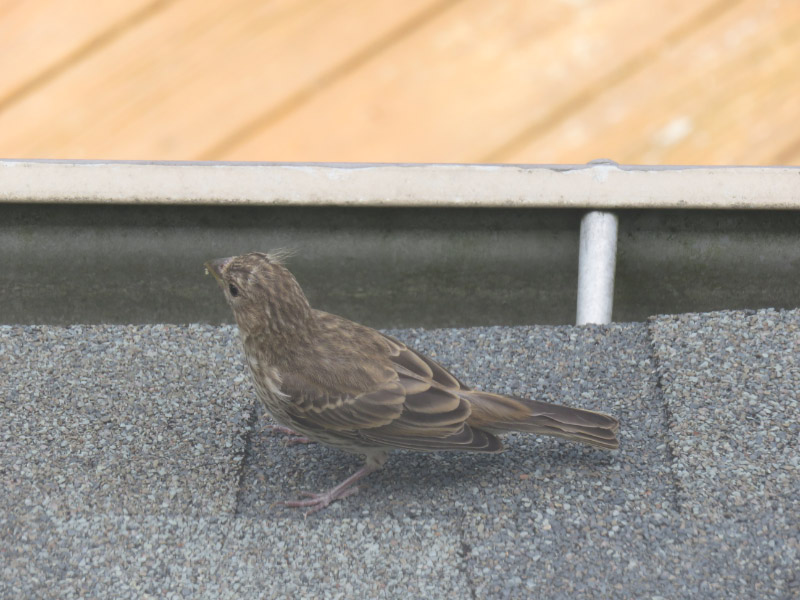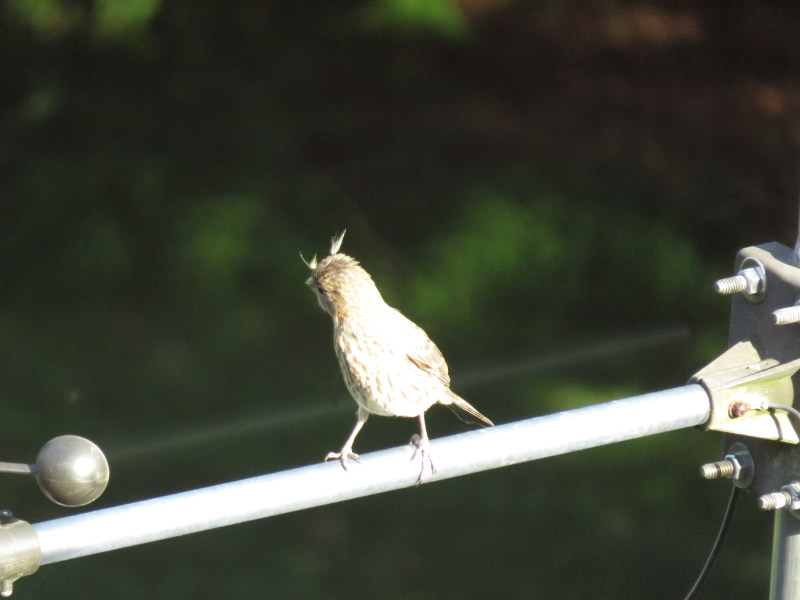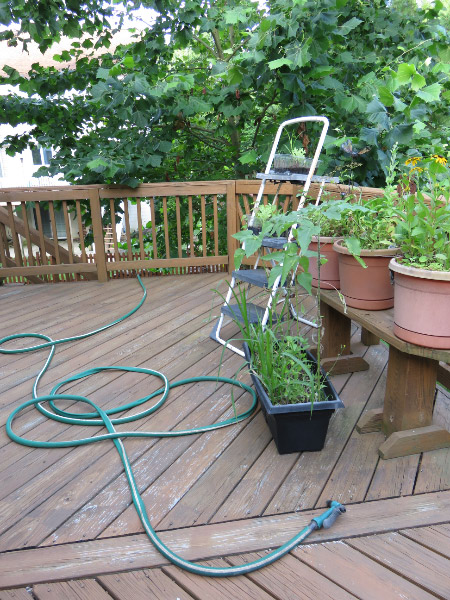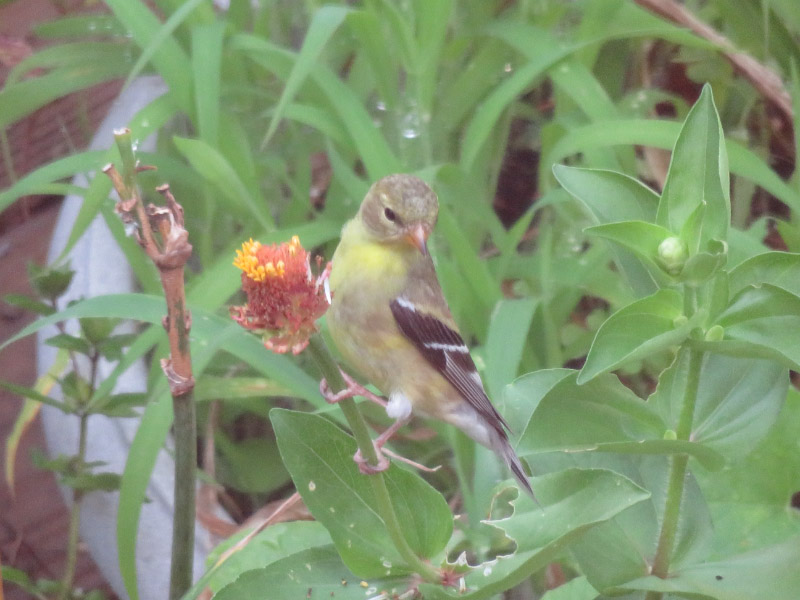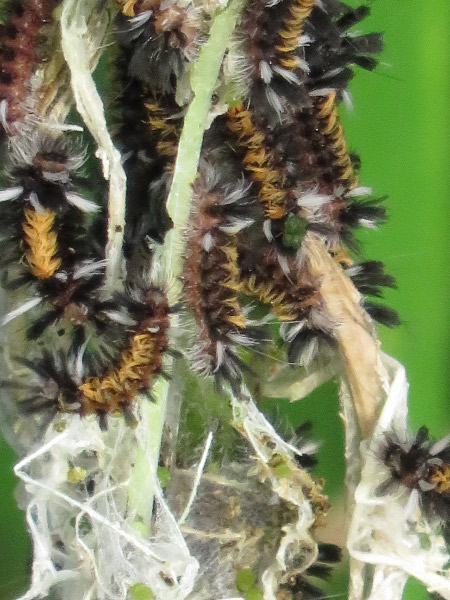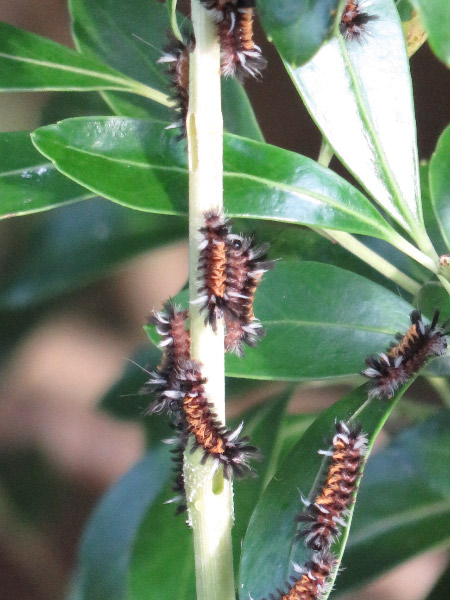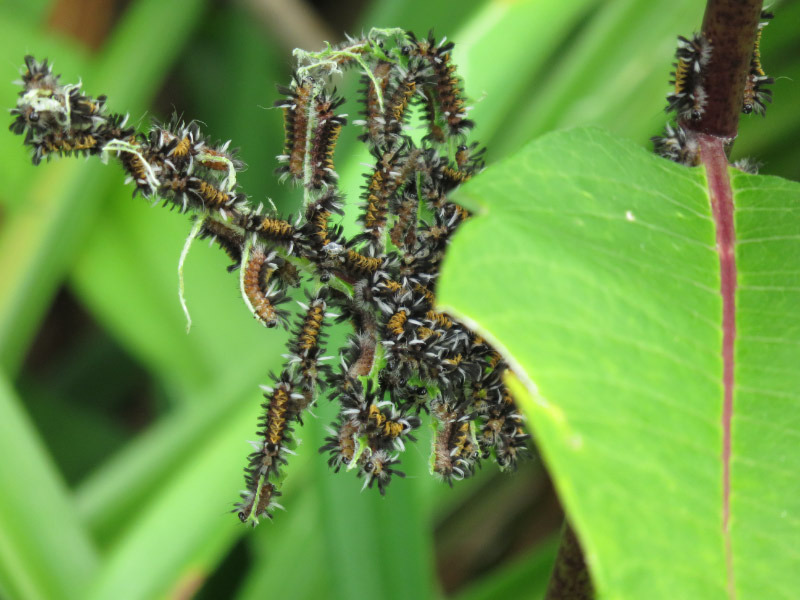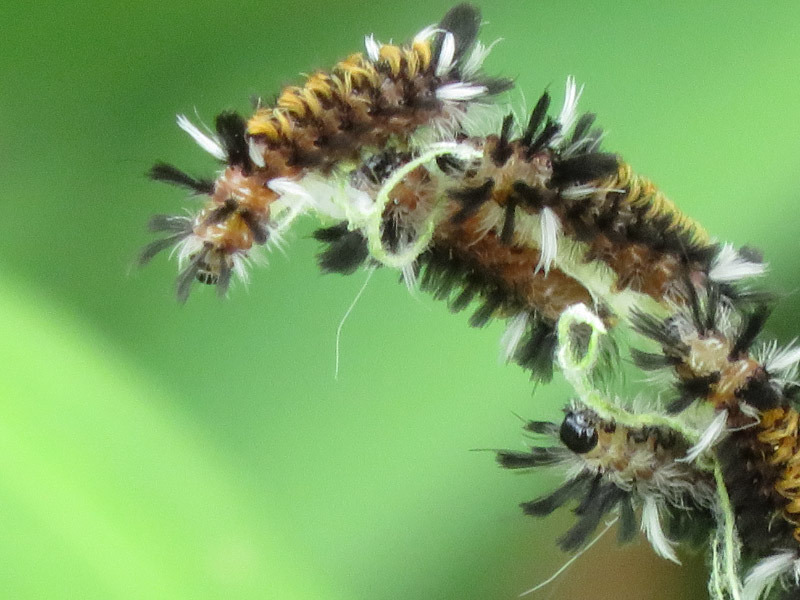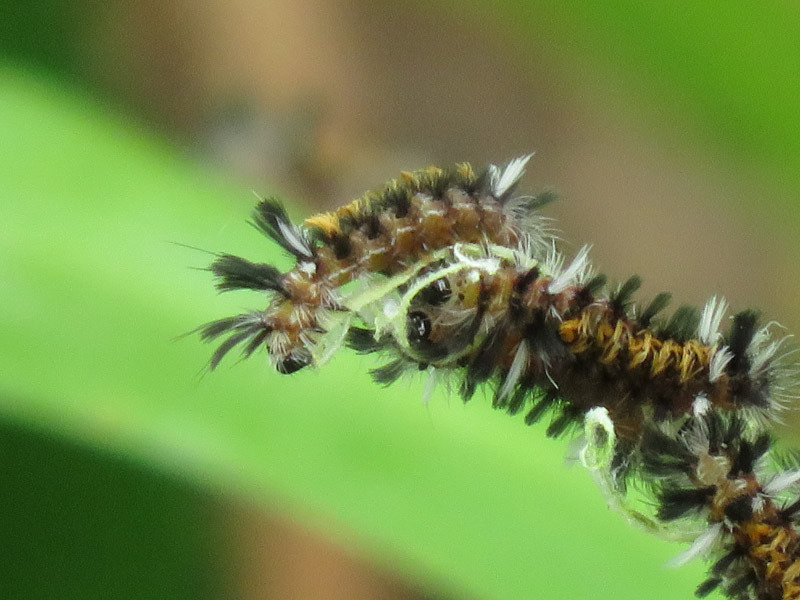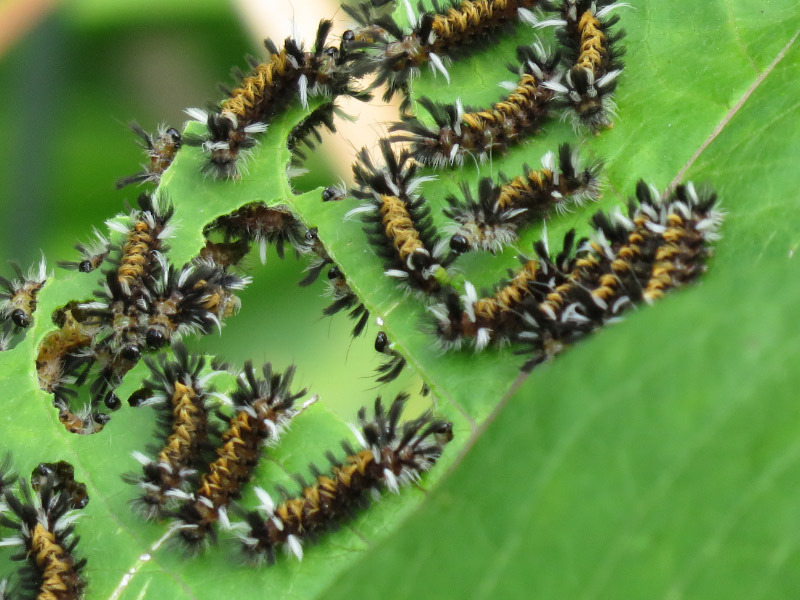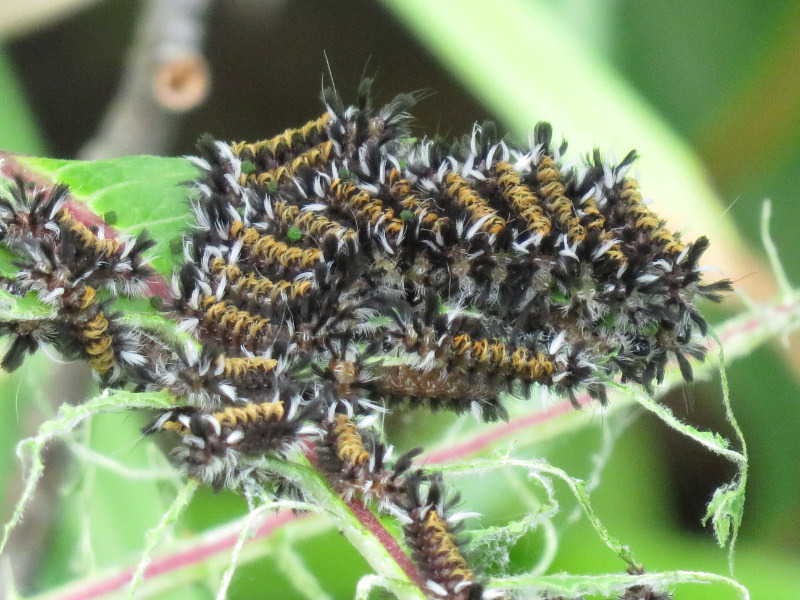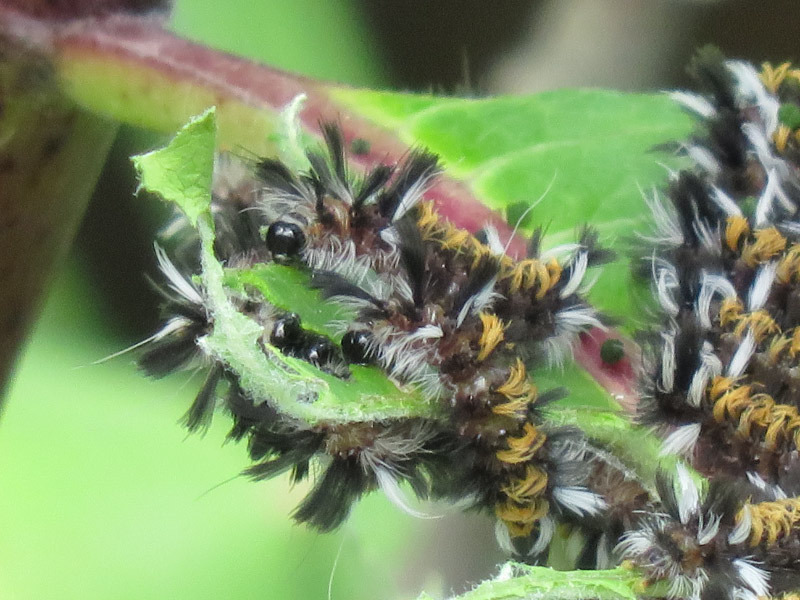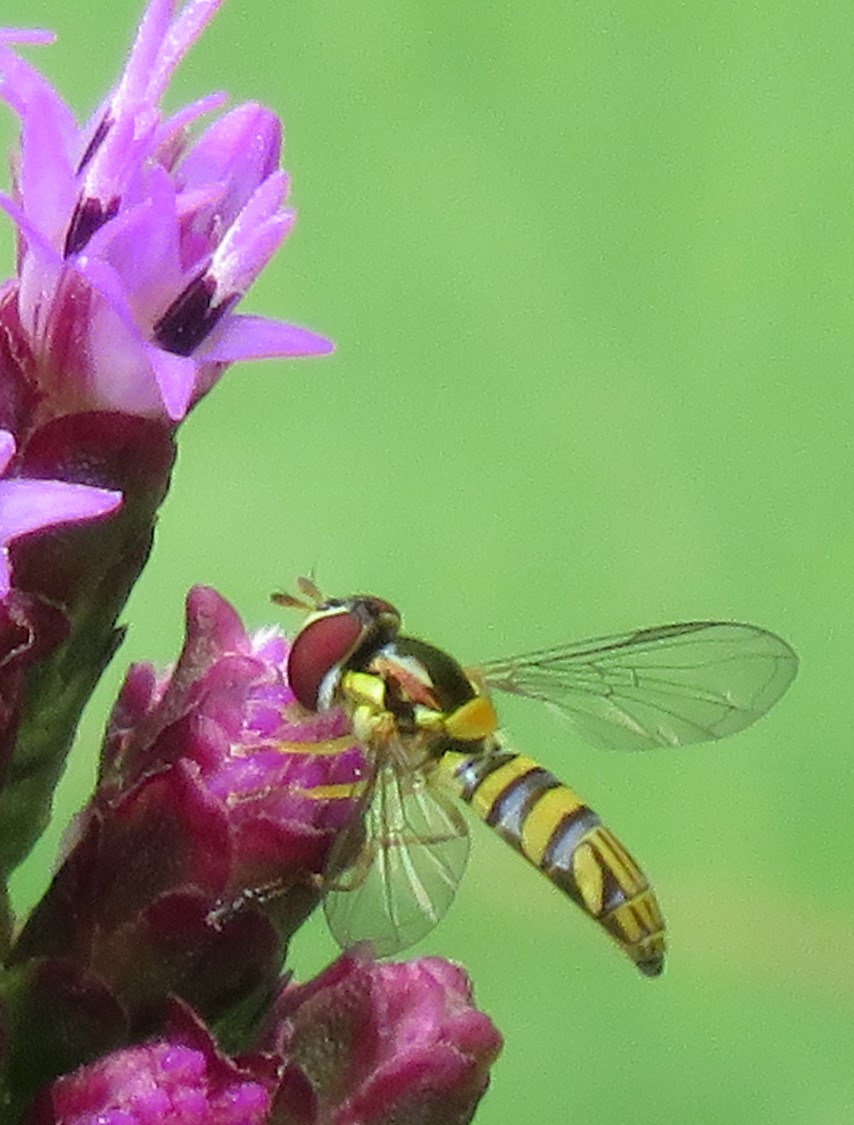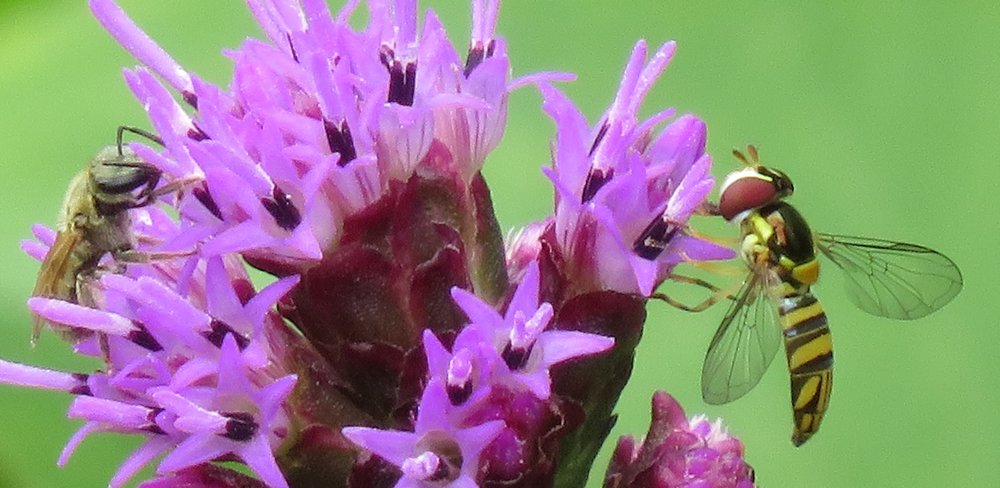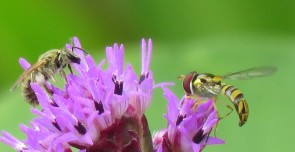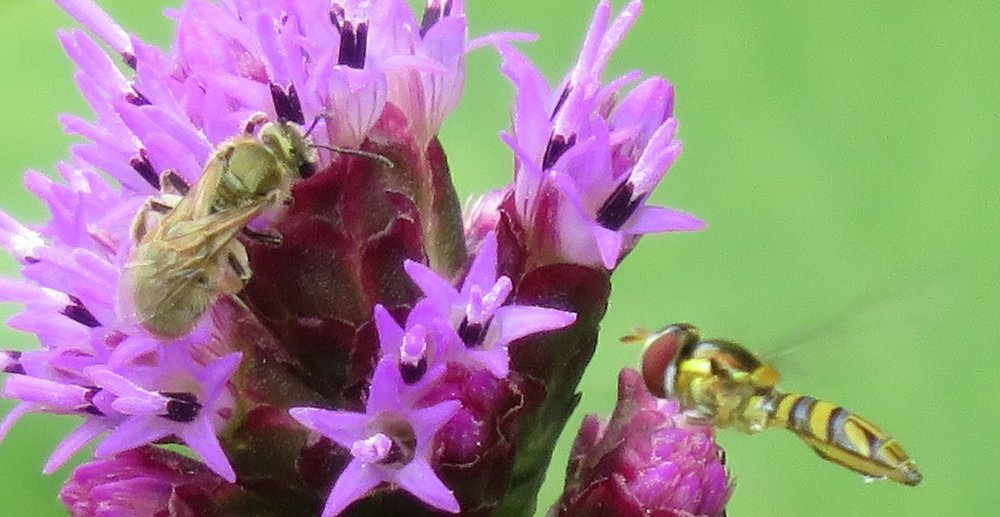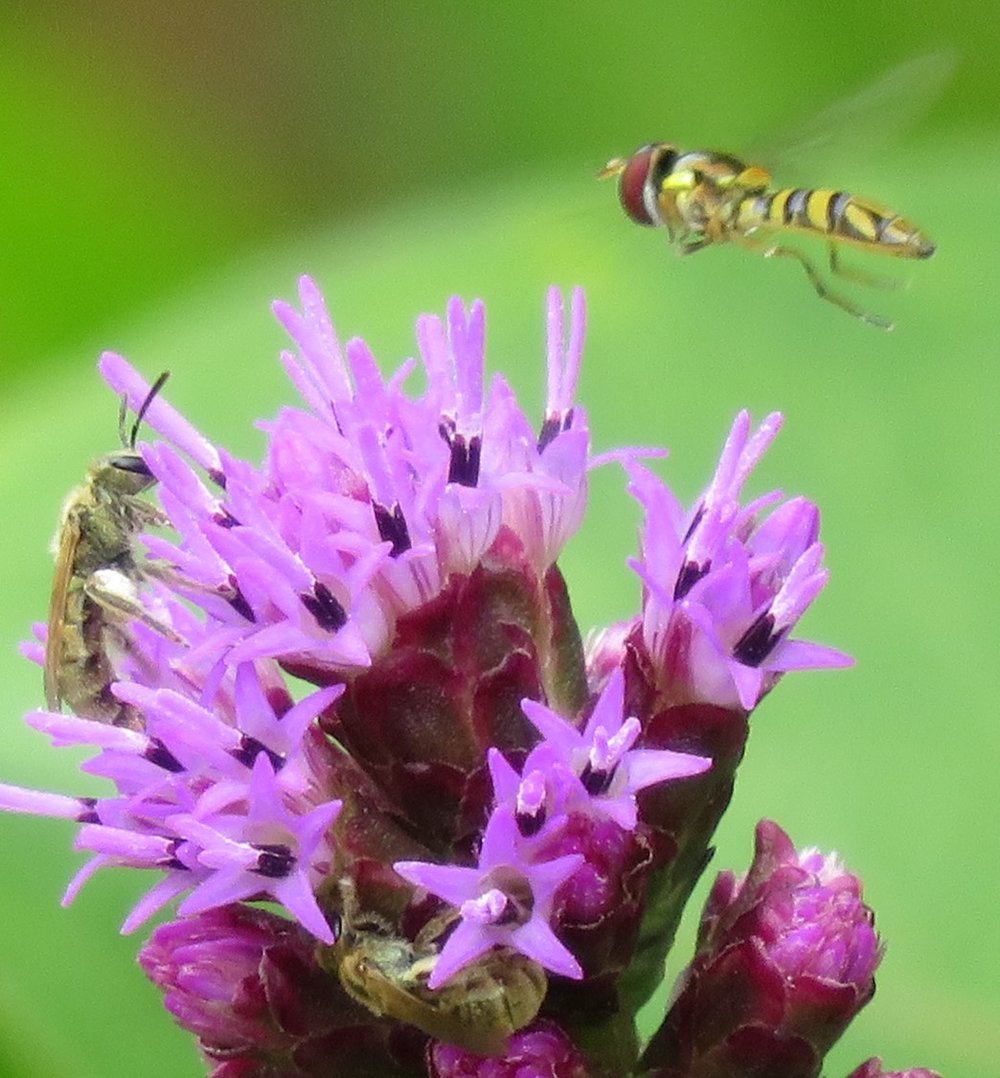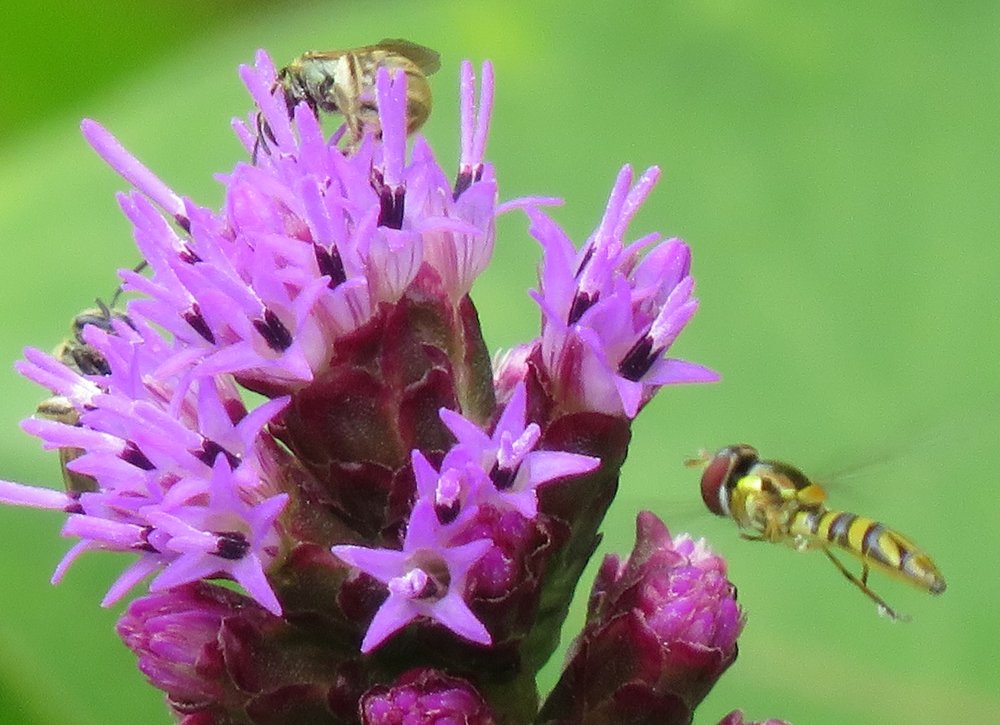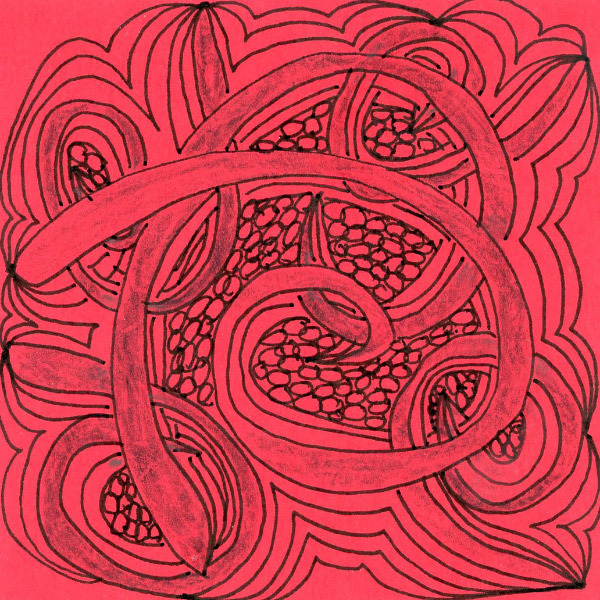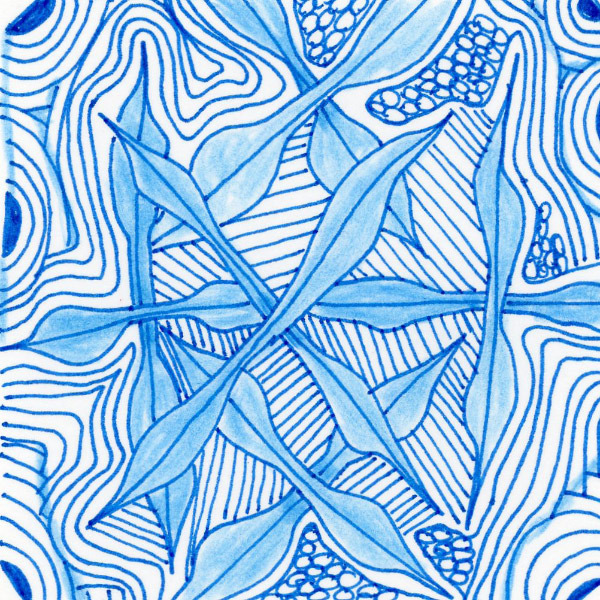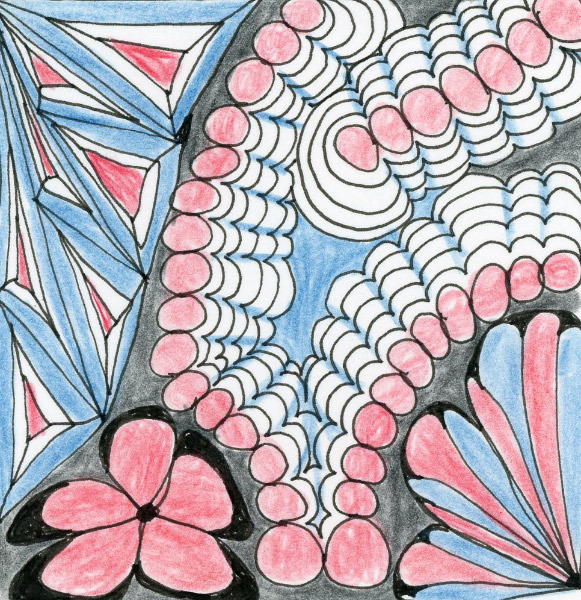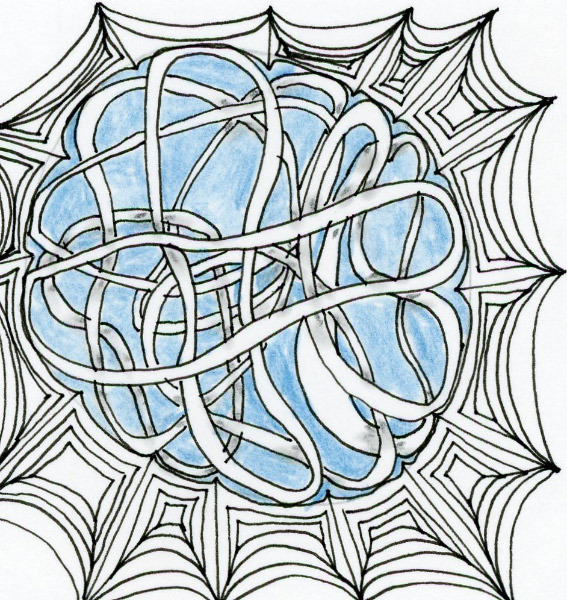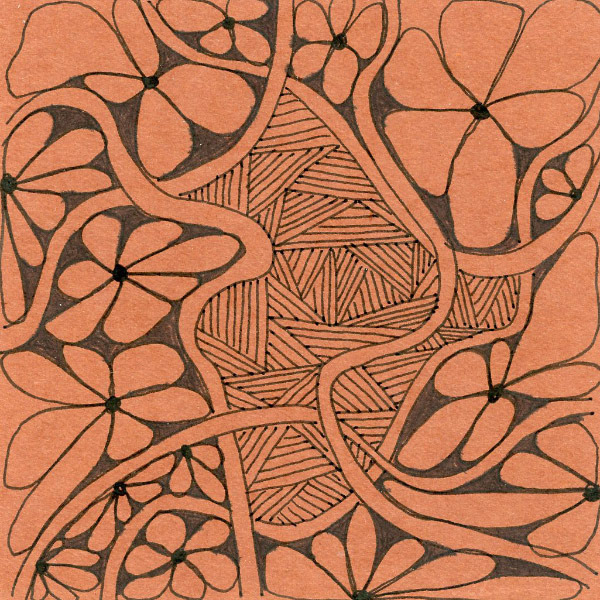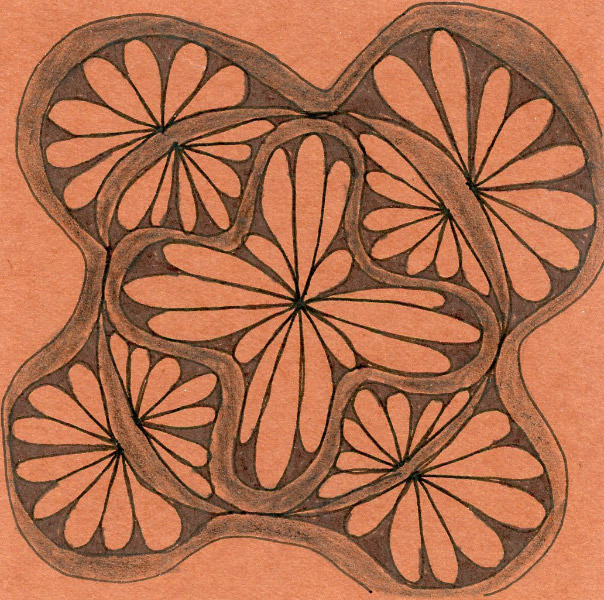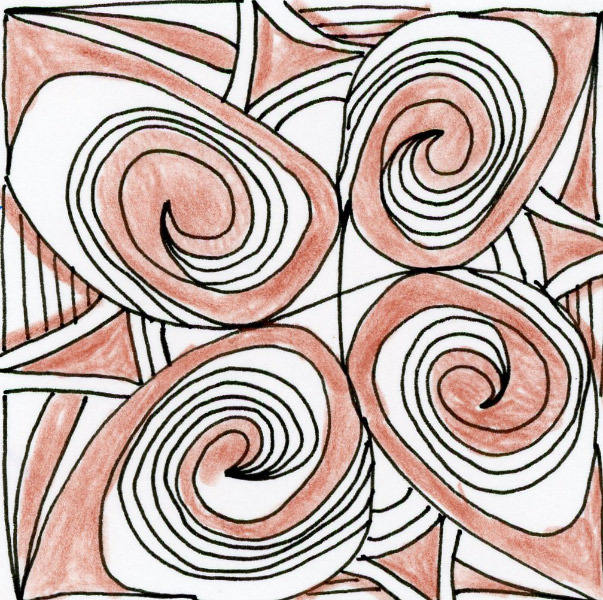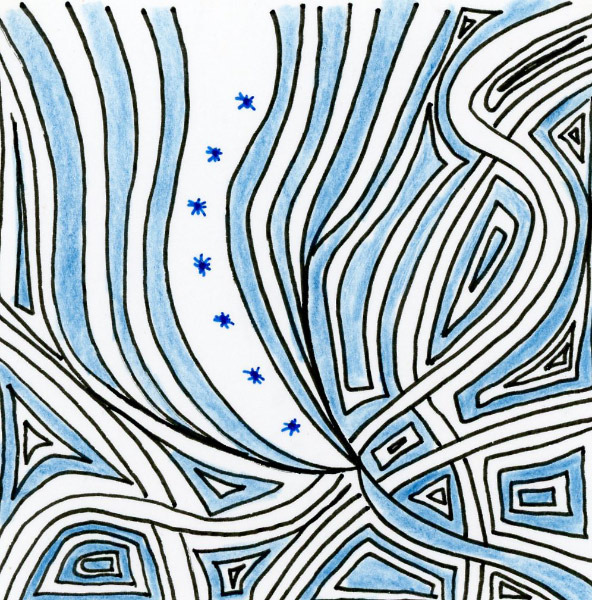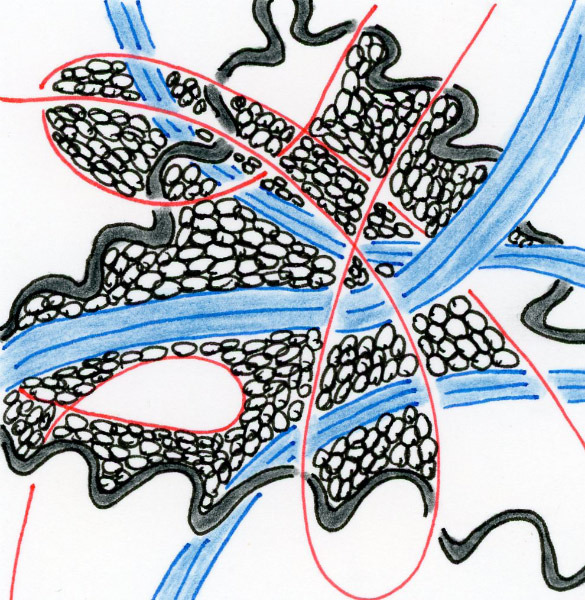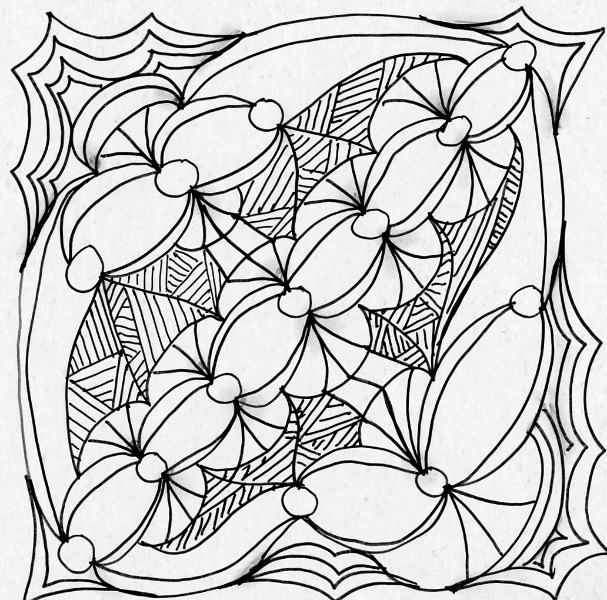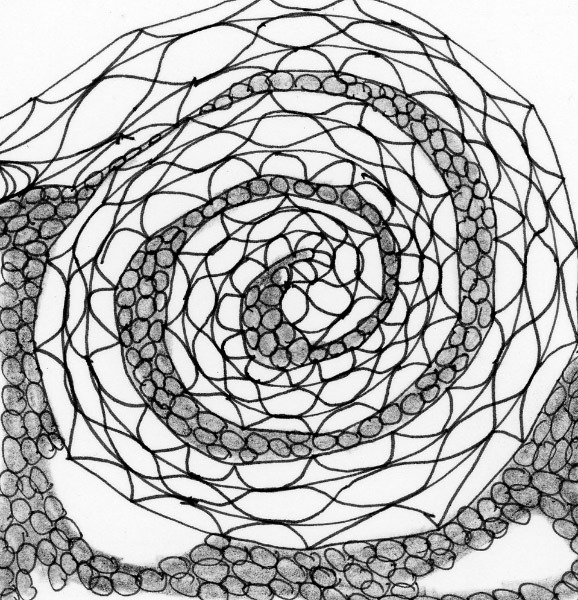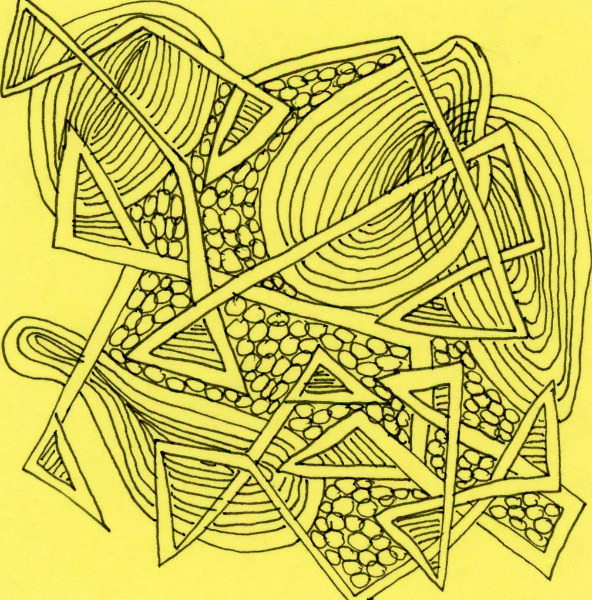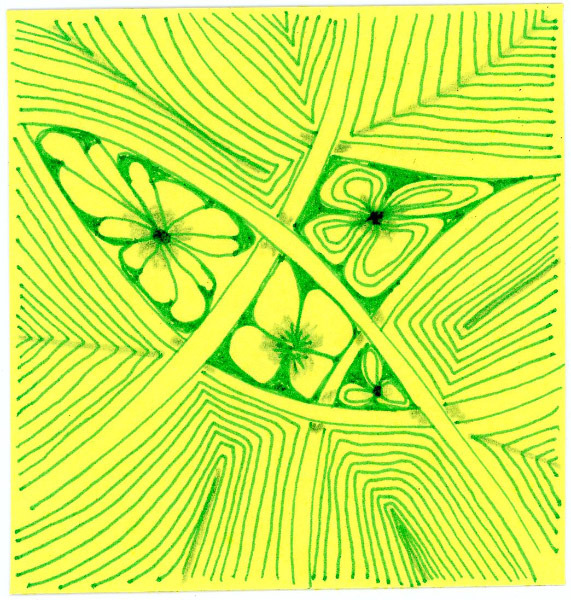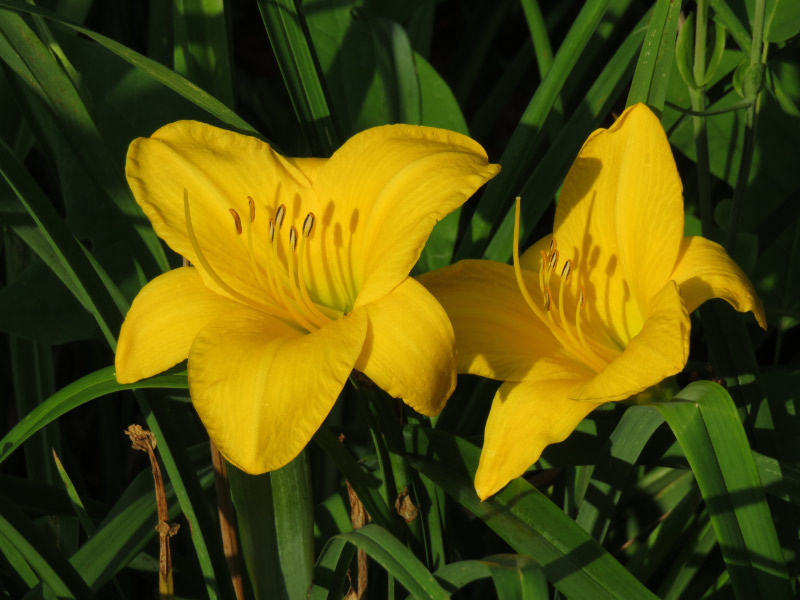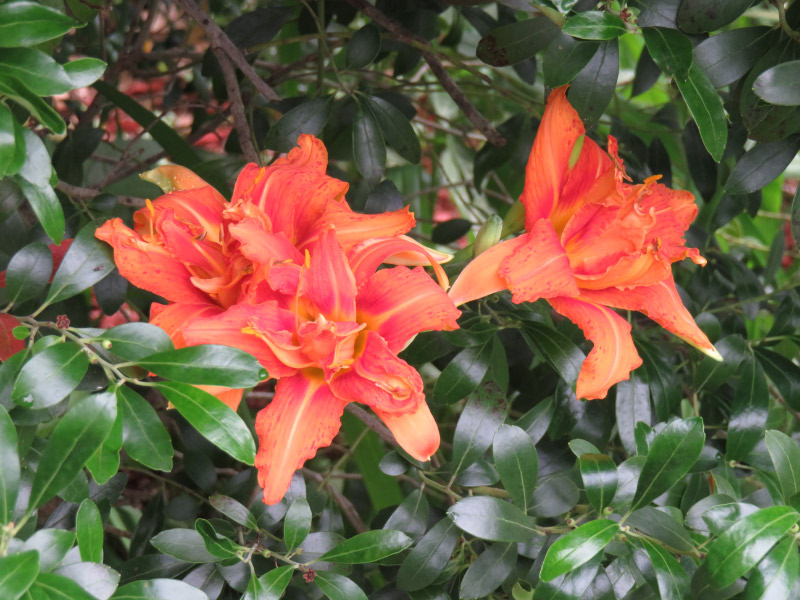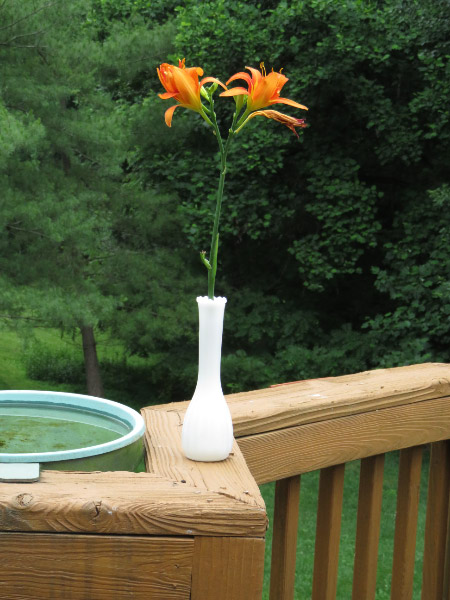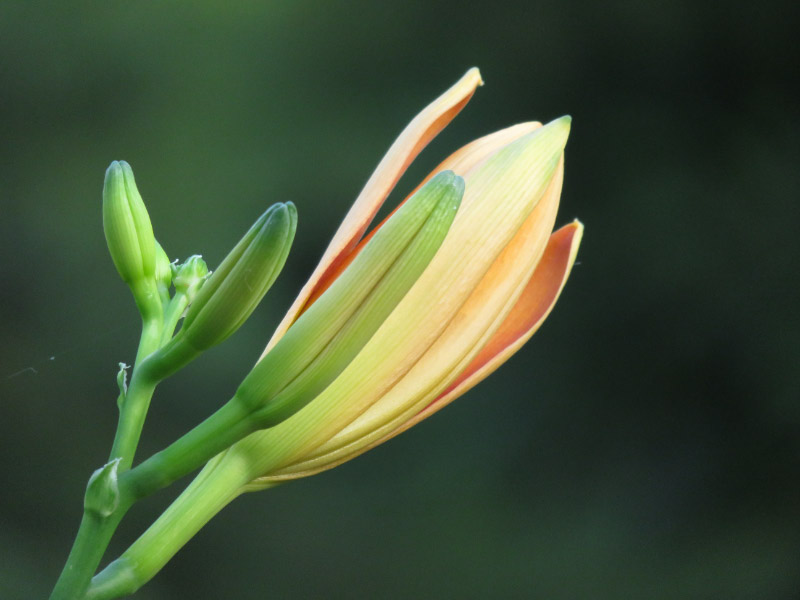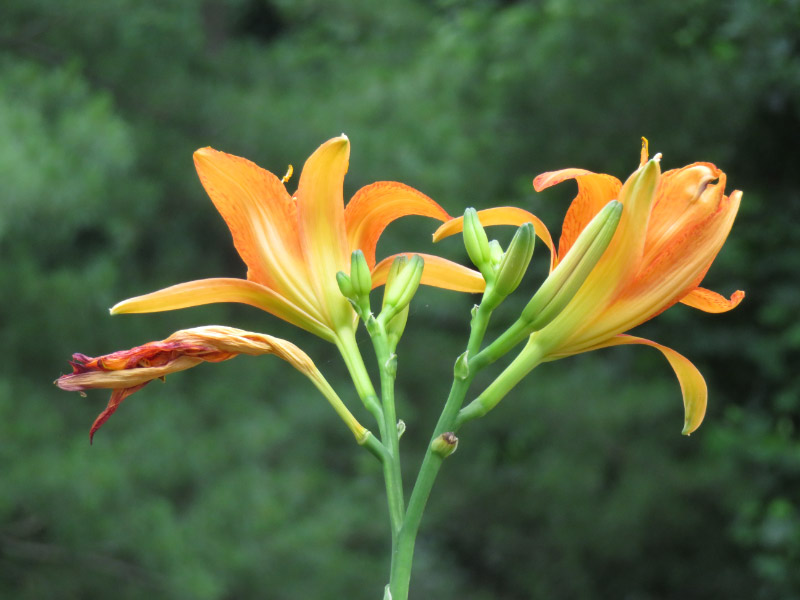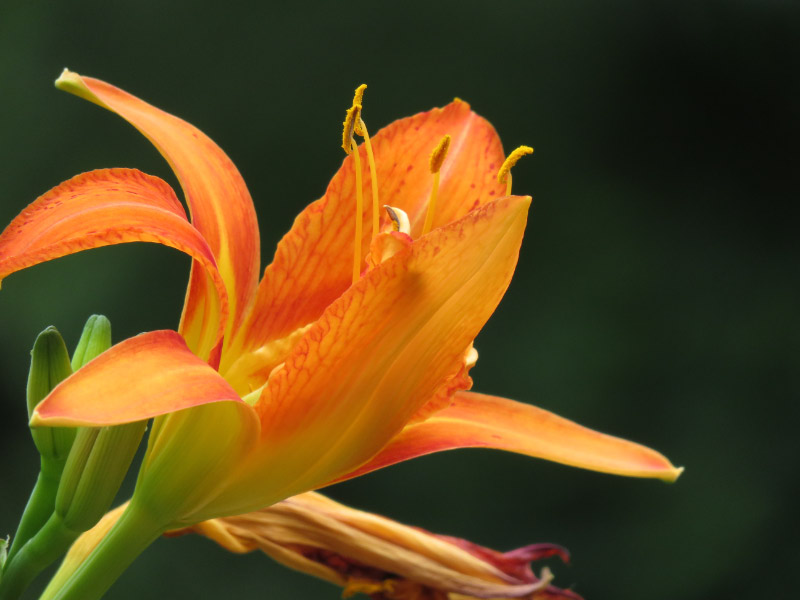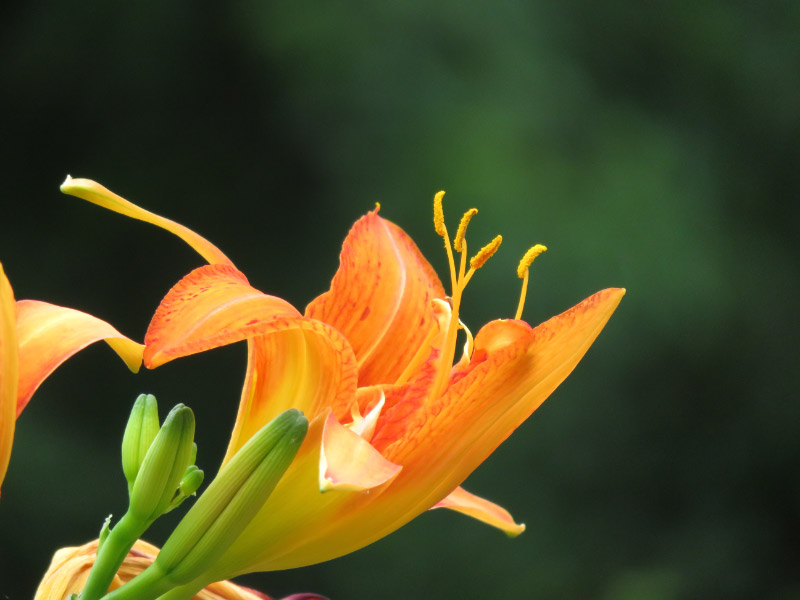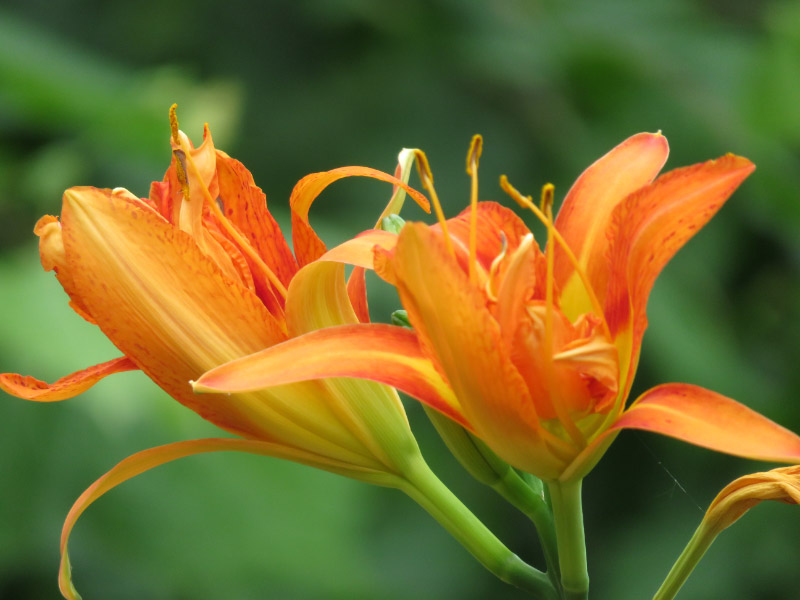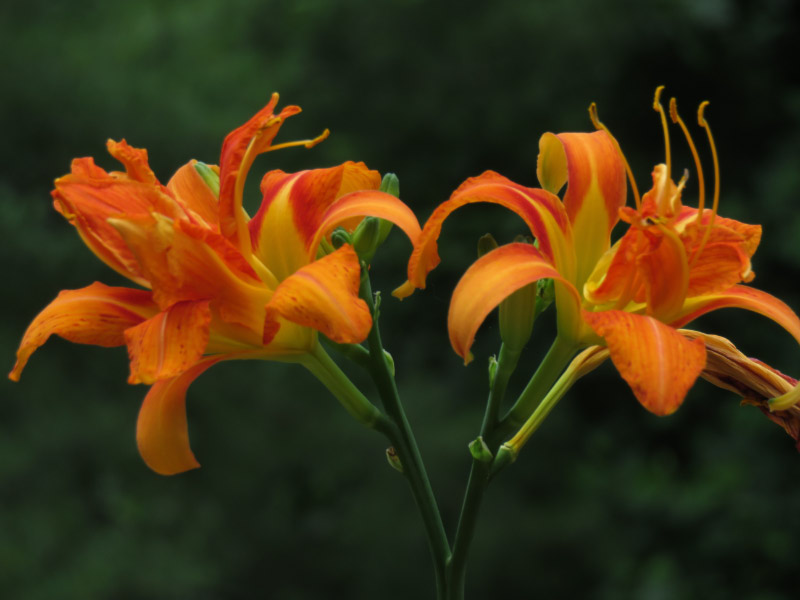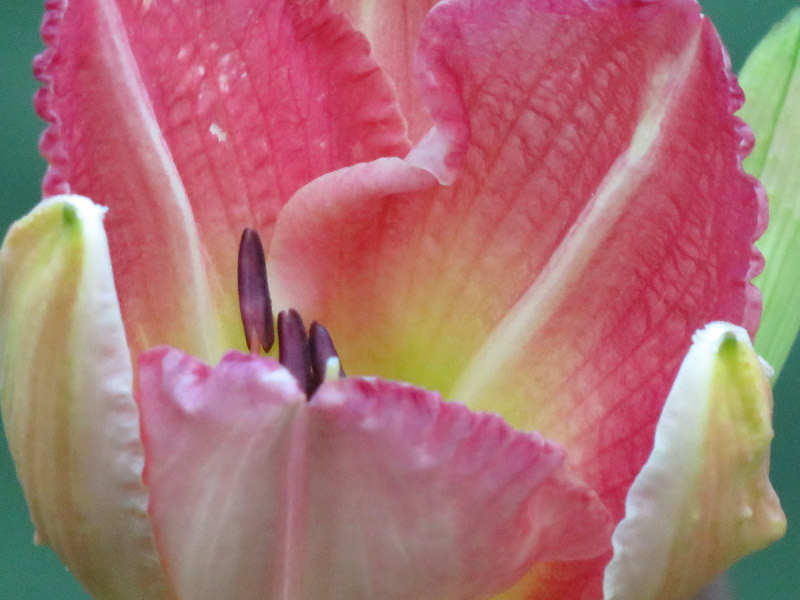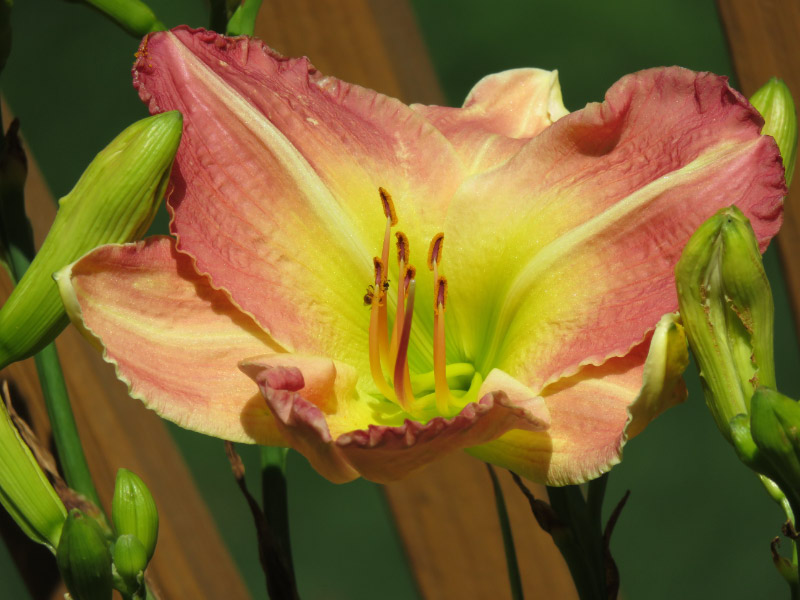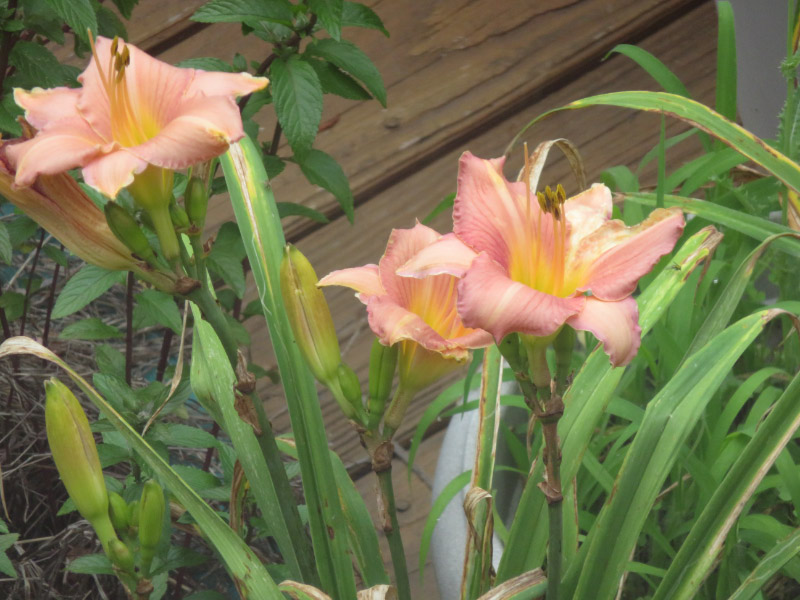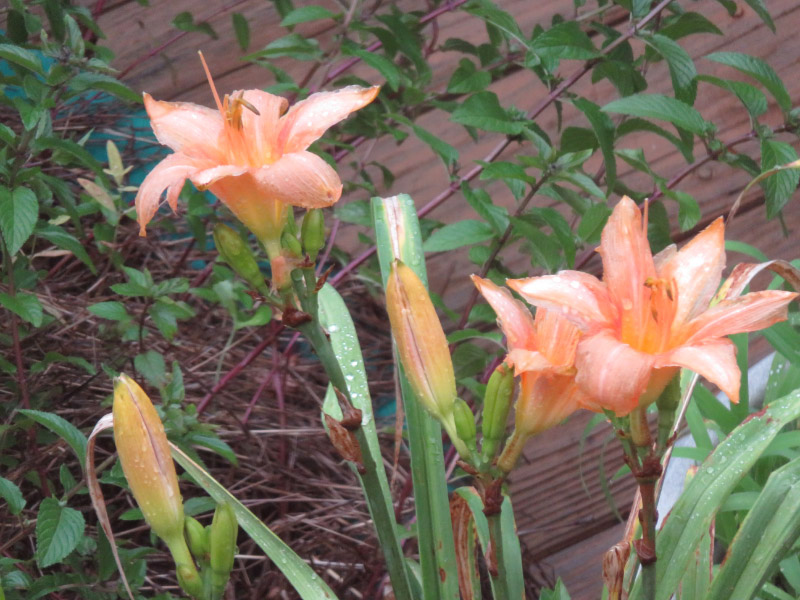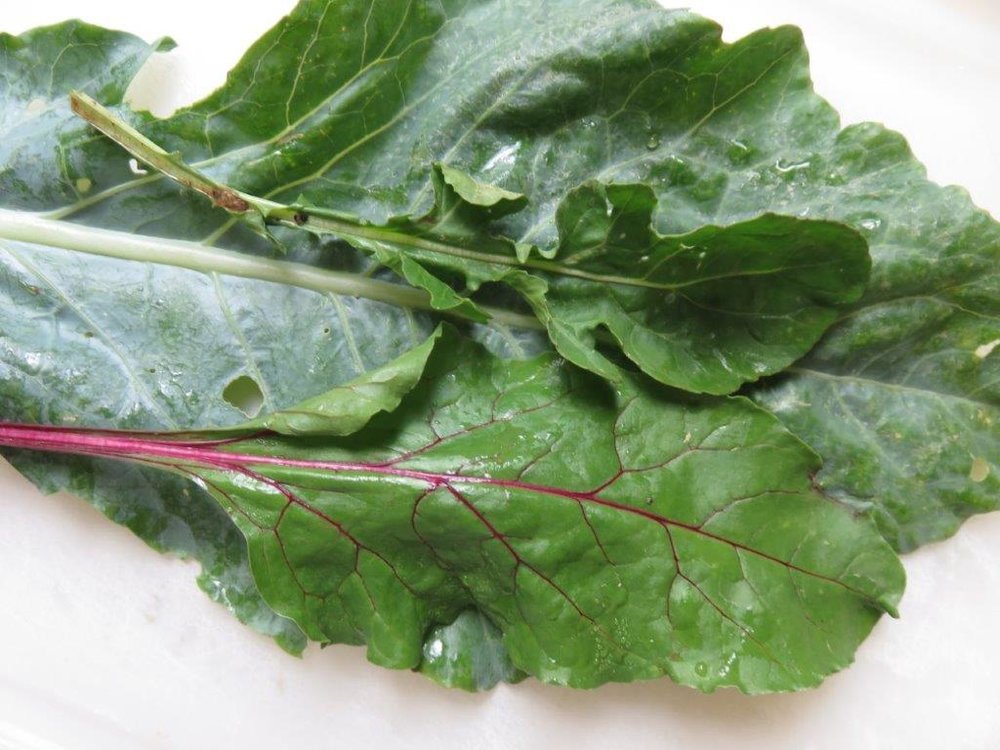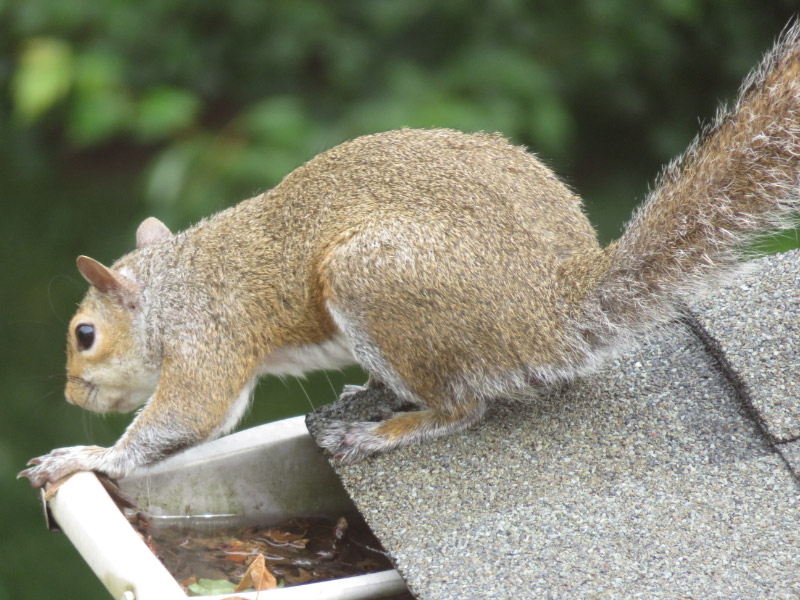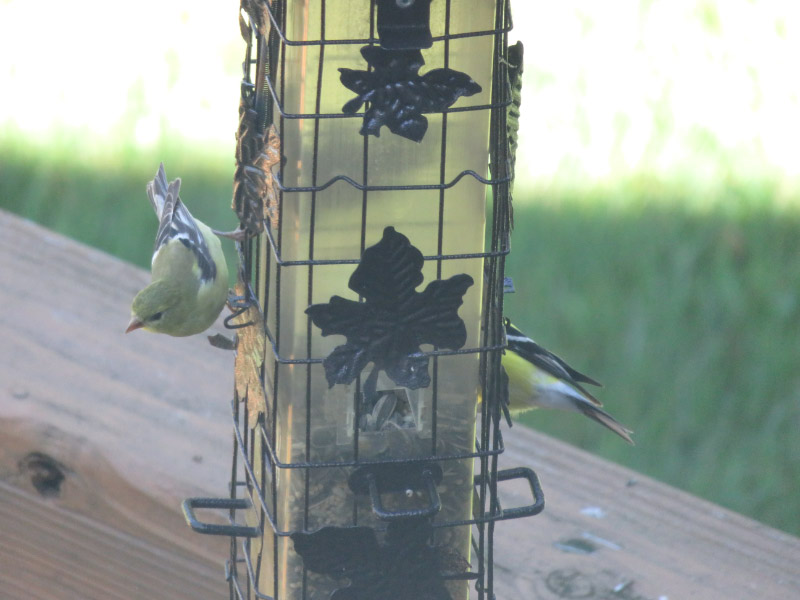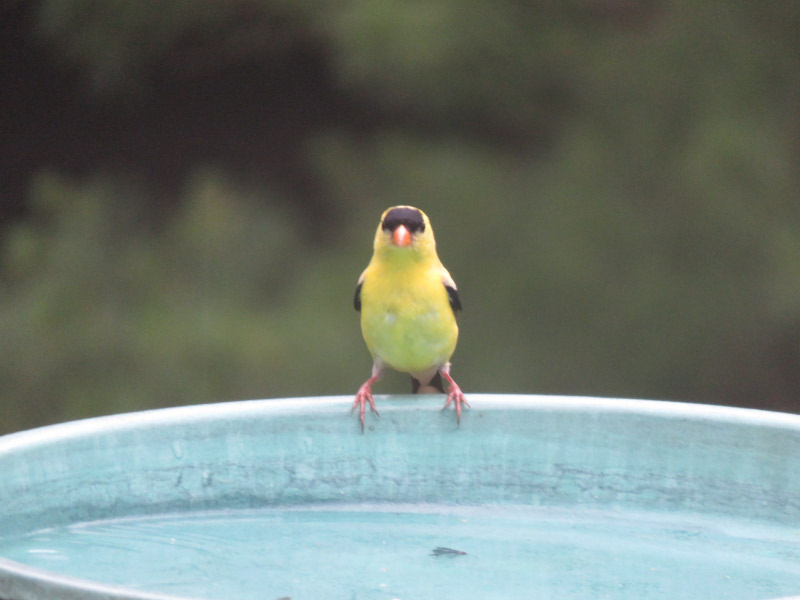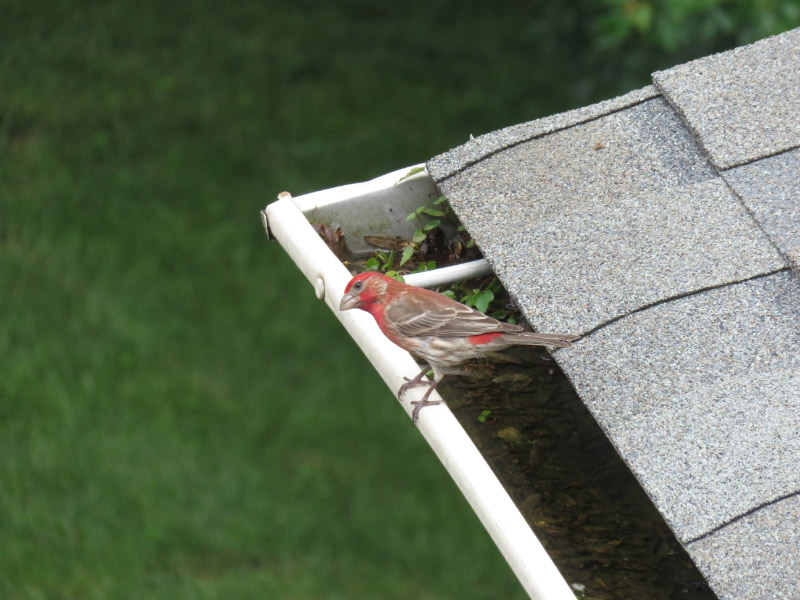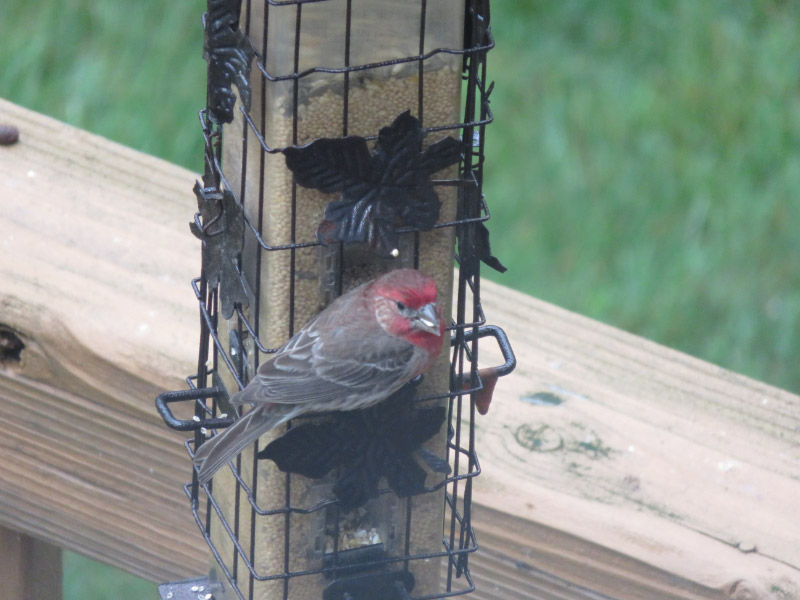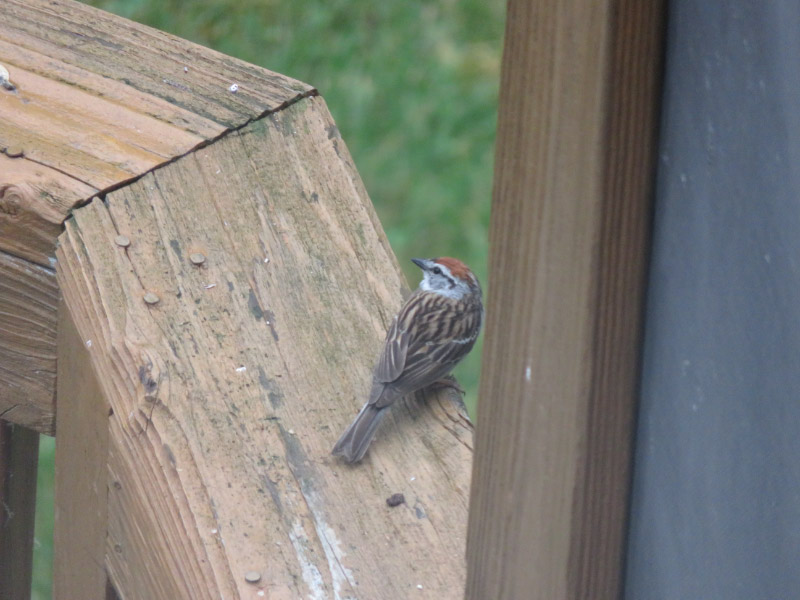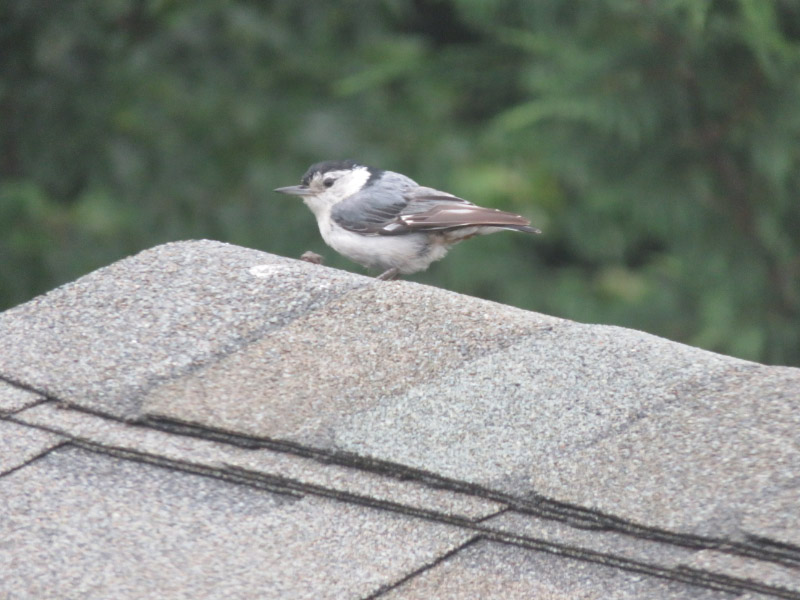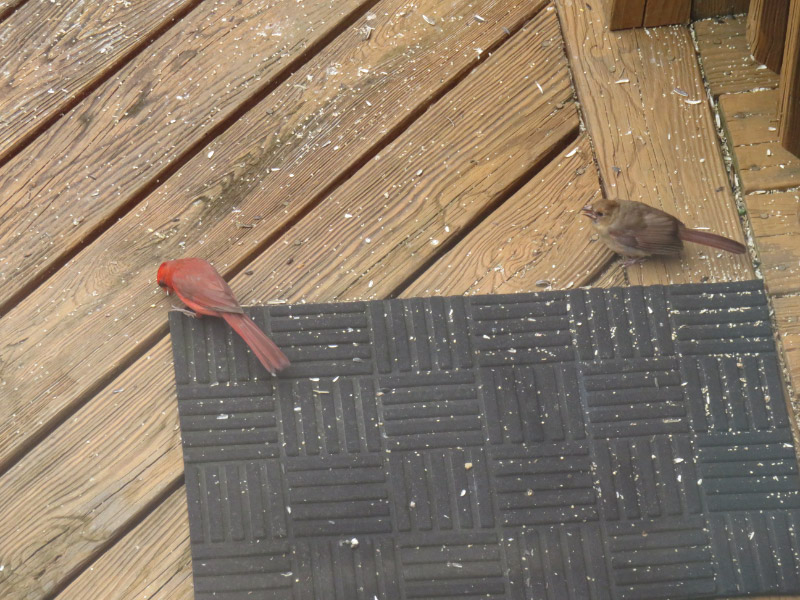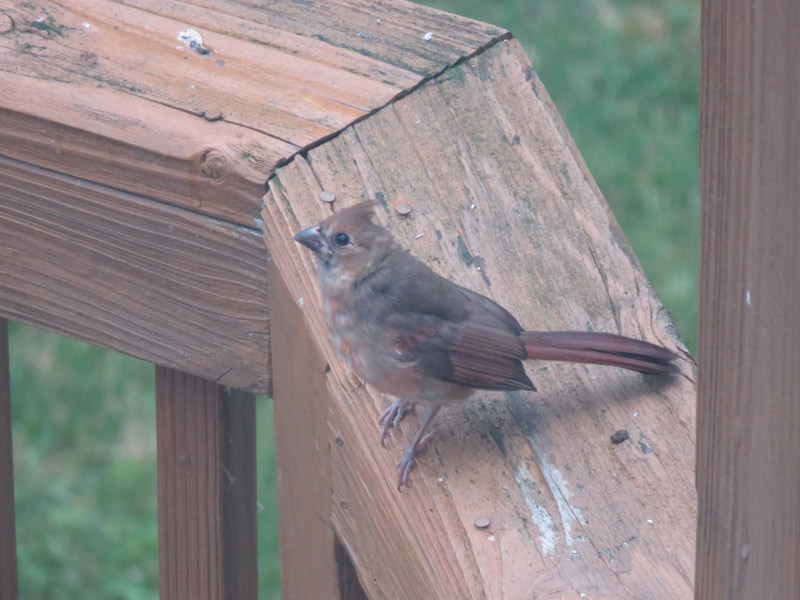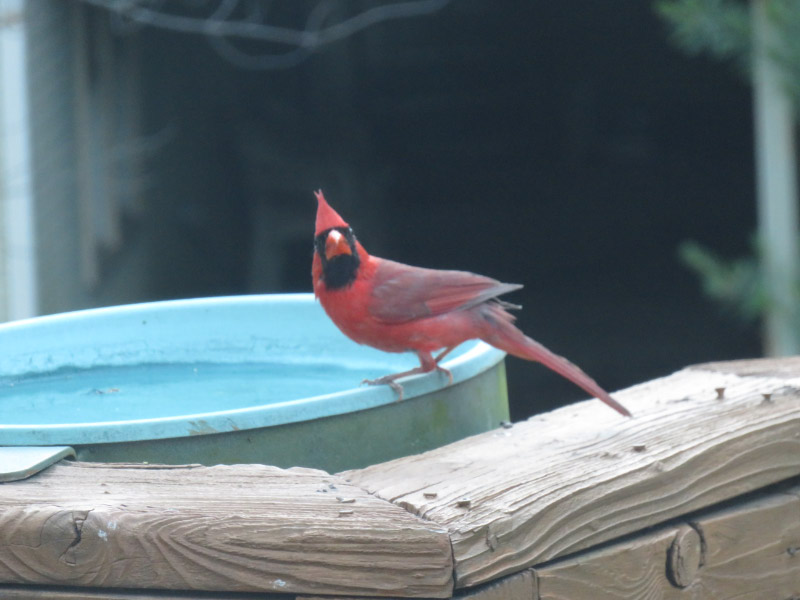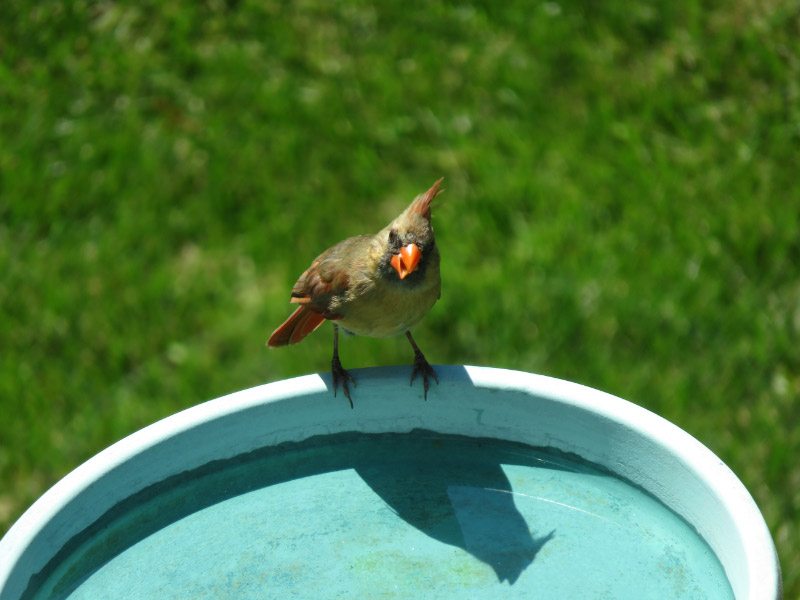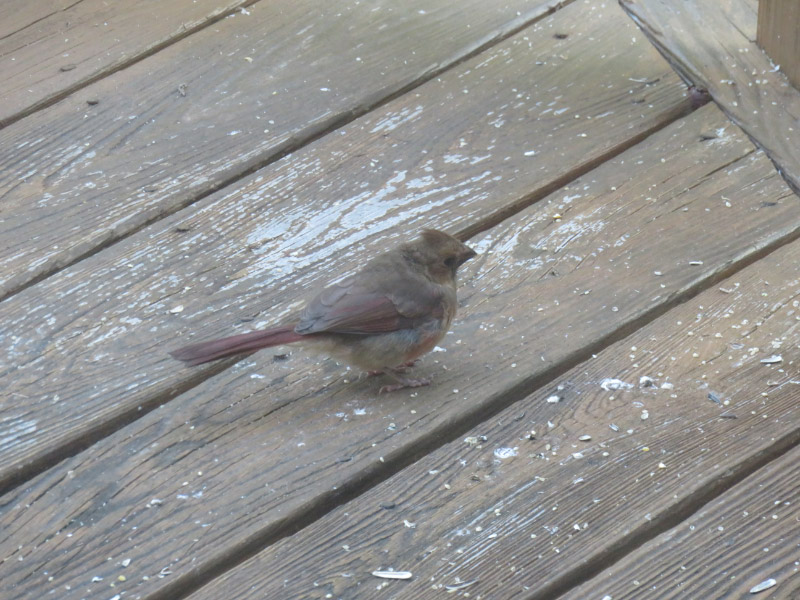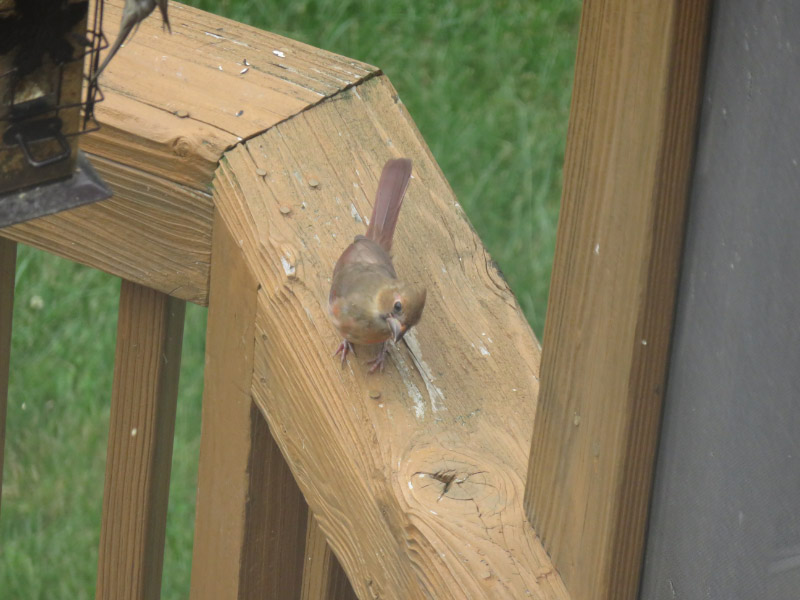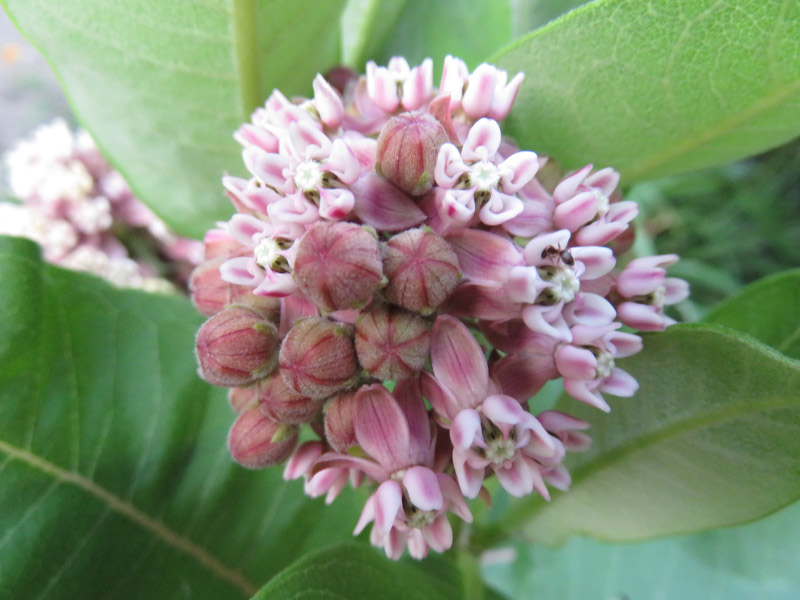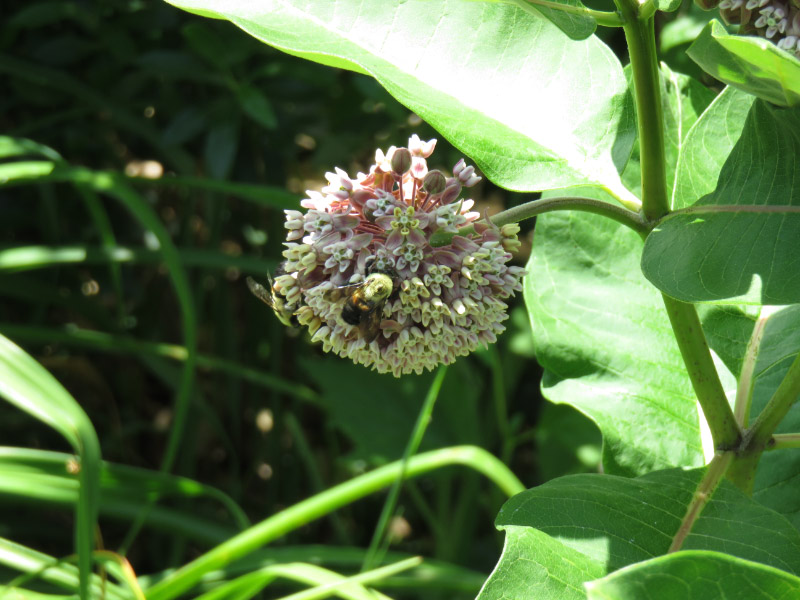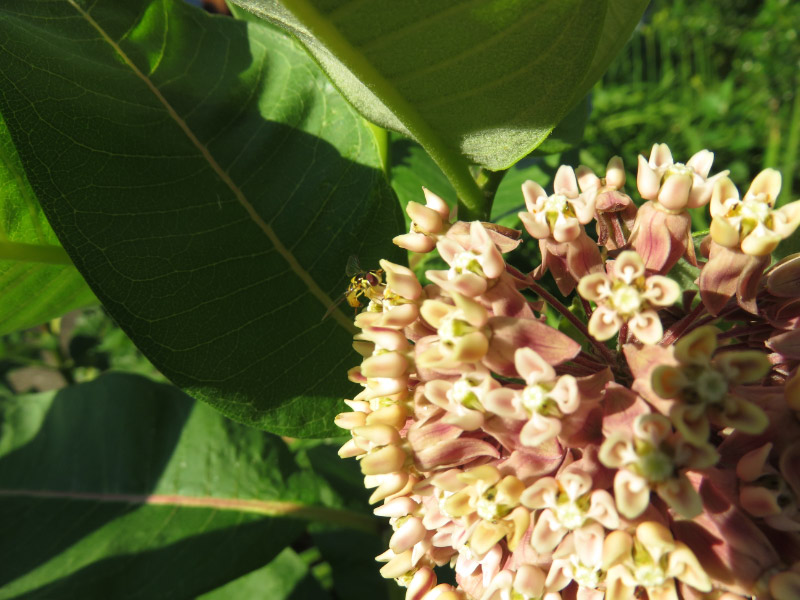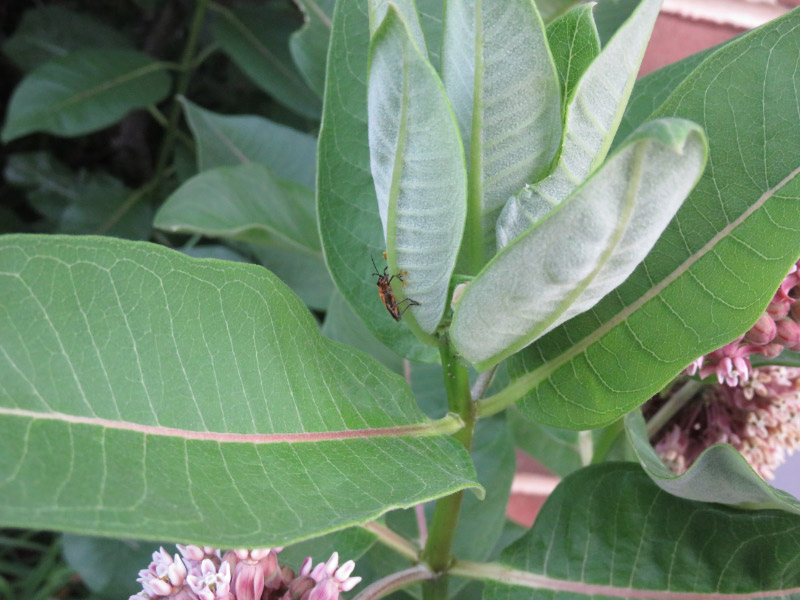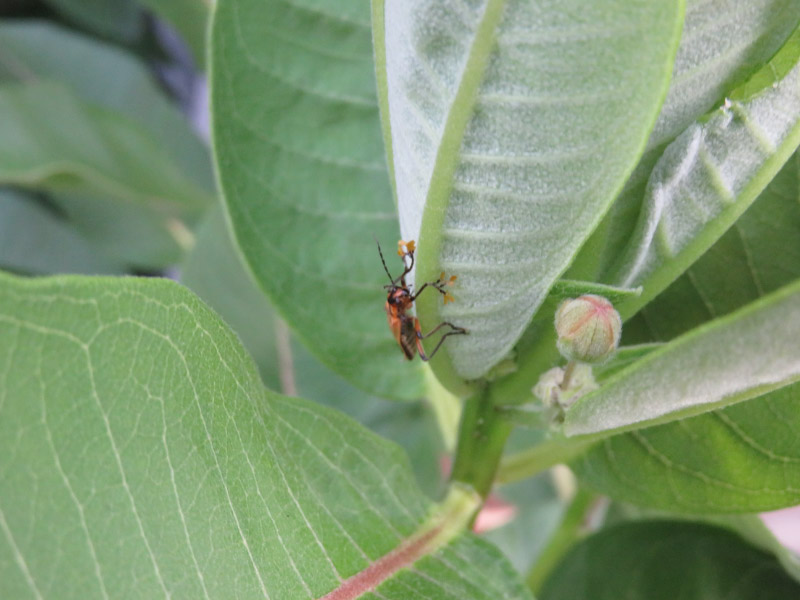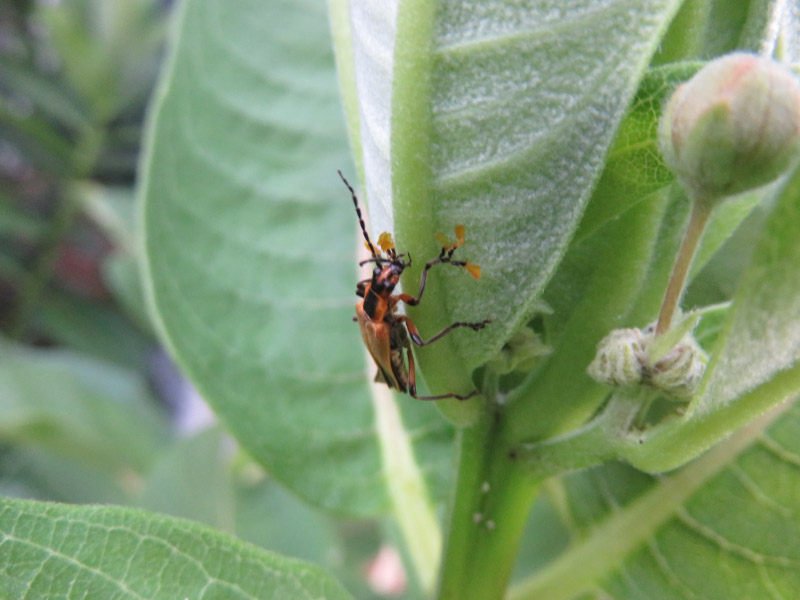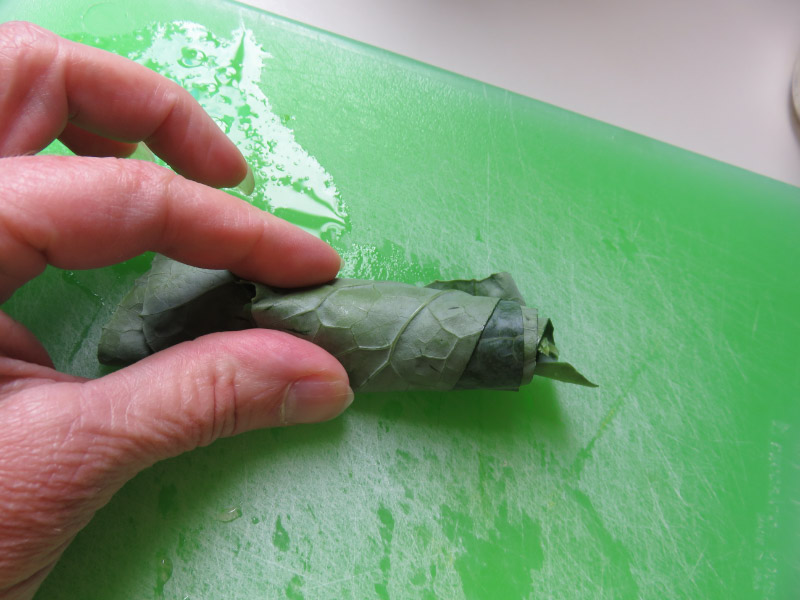June has been transition month – from the flurry of volunteer gigs for spring field trips to settling into summer.
 A flock of gold finches were feeding on grass seeds in the meadow during one of the last field trips. The third graders and I just stood and celebrated the birds as they moved around us. There was an indigo bunting with them too.
A flock of gold finches were feeding on grass seeds in the meadow during one of the last field trips. The third graders and I just stood and celebrated the birds as they moved around us. There was an indigo bunting with them too.
Progress on cleaning out – I’ve had cleaning out boxes of keepsakes on my ‘to do’ list for quite a long time and am finally making progress that I can celebrate!
Dutch Apple Caramel Cheese Cake – This was a splurge at the Cheesecake Factory. I ate half with dinner and saved the rest for breakfast the next morning….2 celebrations in one piece of dessert. By the way – I discovered that the best way to do this is to request it in a ‘to go’ container from the beginning so every bit of caramel goody stays with the part you are going to eat!
Getting home from a long drive – I was so happy to get home from a 4-hour drive (2 hours longer than I had anticipated) that I celebrated!
 The CSA started the first week of June. I celebrate every week when I fill up my bag with veggies I know are going to turn into delicious meals.
The CSA started the first week of June. I celebrate every week when I fill up my bag with veggies I know are going to turn into delicious meals.
Finding kitchen strainers in the $1 store – They came in package of 2 for $1 (celebrating the bargain!) and will work great when I volunteer for macroinvertebrate field trips in local streams/rivers.
Computer glasses – I finally got some and now wonder why I didn’t get them years ago. I’m celebrating them as a ‘gift to myself.’
Shopping for new flooring – My husband and I have been talking about replacing the flooring in our kitchen (first and then other rooms). I celebrated that we have finally started shopping….making progress toward getting the project done.
Finding Merrell sandals at the thrift store – I found a pair of gently worn Merrell sandals at the thrift store for $5. When I first saw them, I thought – “this is too good to be true, they won’t fit” – but they did! I celebrate the bargain every time I wear them!
 A day at home – May and the first half of June were so busy that by the time I did get a few consecutive days at home …. It was something to celebrate. I love photographing birds and the day lilies opening….getting caught up on things that took a back seat when so many other things were going on.
A day at home – May and the first half of June were so busy that by the time I did get a few consecutive days at home …. It was something to celebrate. I love photographing birds and the day lilies opening….getting caught up on things that took a back seat when so many other things were going on.

